Elettronika S r l TXUP3500 3.5 kW Analog TV Broadcast Transmitter User Manual APT137BM AUTV 3500LD Rev0 Date090605 p65
Elettronika S.r.l. 3.5 kW Analog TV Broadcast Transmitter APT137BM AUTV 3500LD Rev0 Date090605 p65
Contents
- 1. User Manual Part 1
- 2. User Manual Part 2
- 3. User Manual Part 3
User Manual Part 2
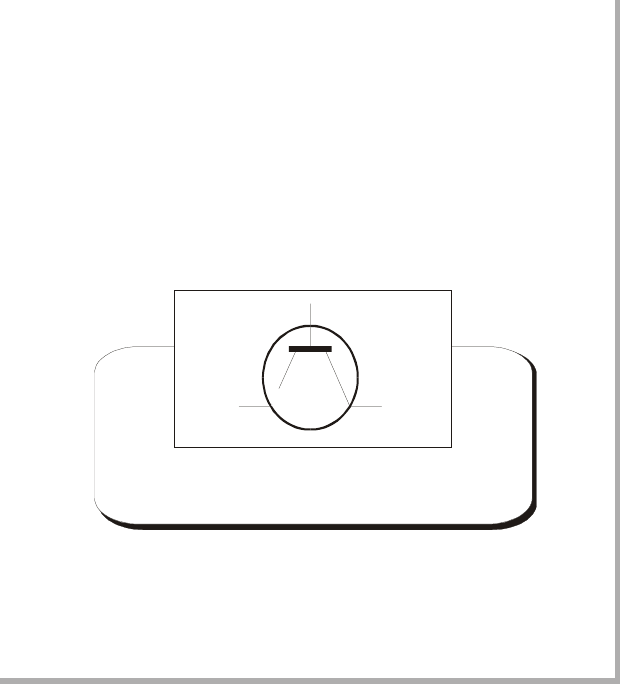
73
_______________________________________________________________________________________________
Section 4 - Diagram
Contents:
- Cable diagram
- MTF0070CR0 RF Amplifier module Cable Diagram
- MTF0070CR0 RF Amplifier module Connections Diagram
- MTF0070CR0 Amplifier module - Component list
- SCH0192AR0 (200W UHF LDMOS Amplifier module)
- SCH0223AR1 (Control board and display)
- SCH0221AR1 (Amplifier interface)
- SCH0265AR0 (Mains distribution board)
- SCH0288AR1 (Interface board)
- E0012 (SP500-27-DI Switching power supply)
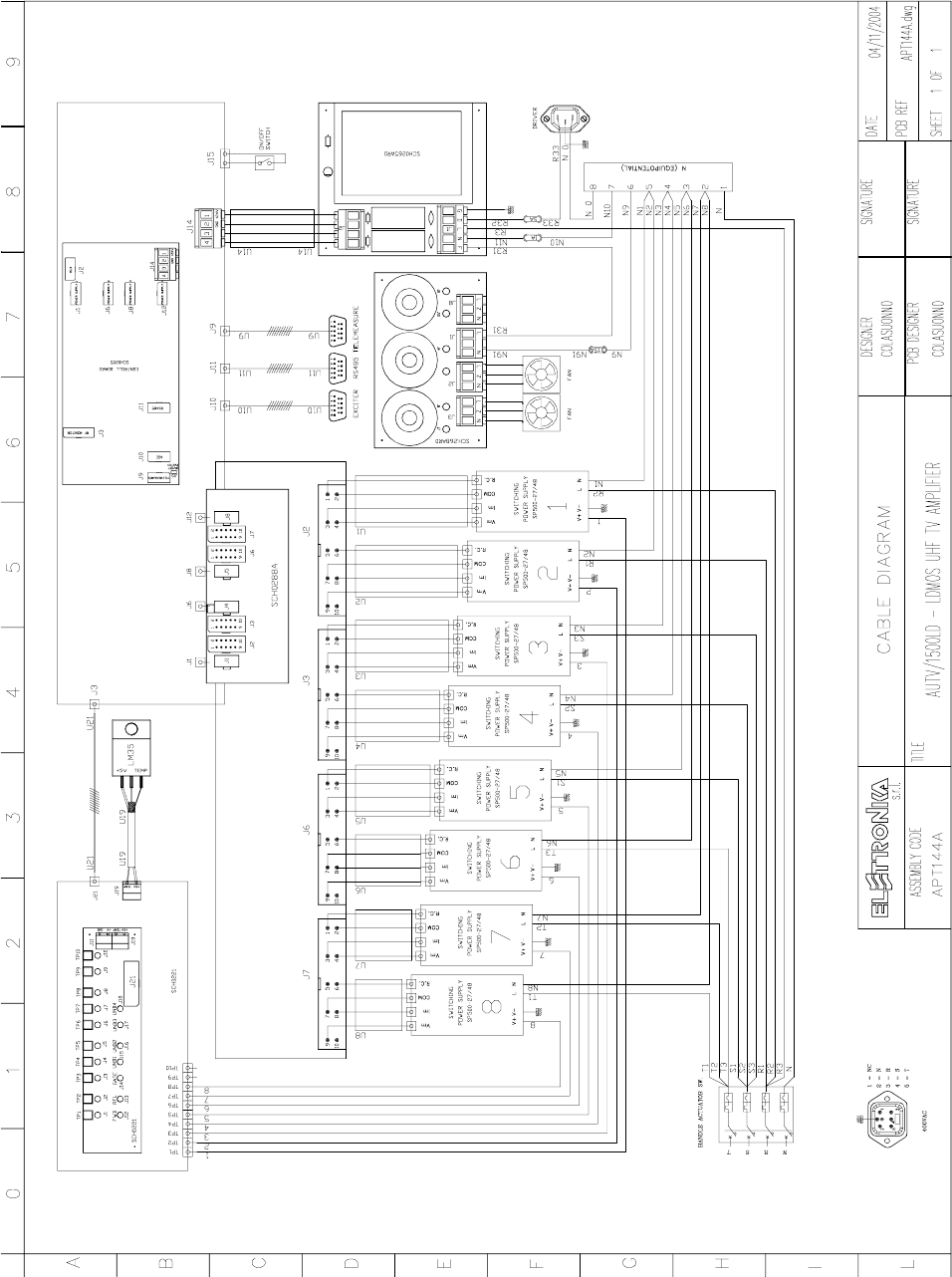
74
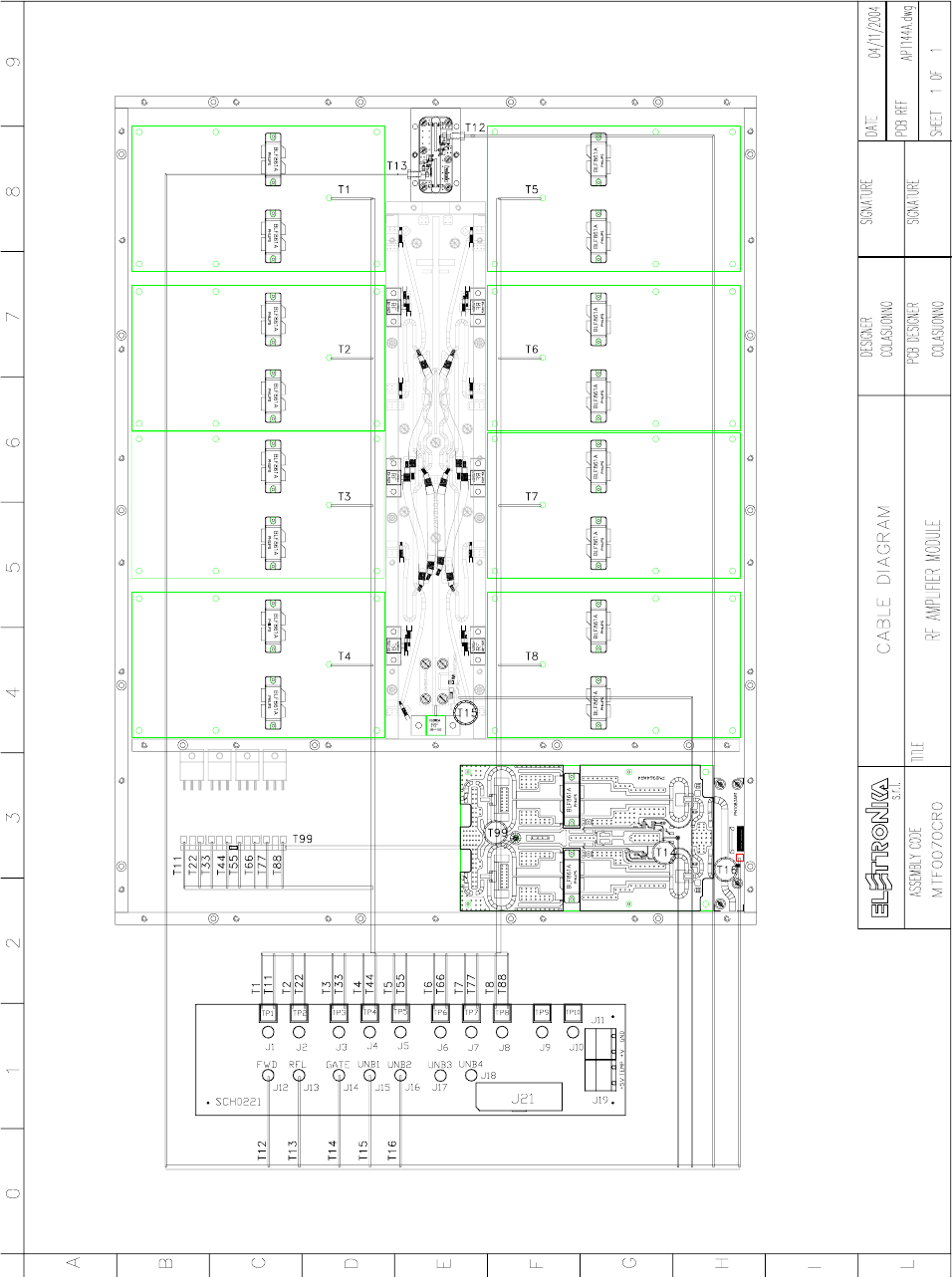
75
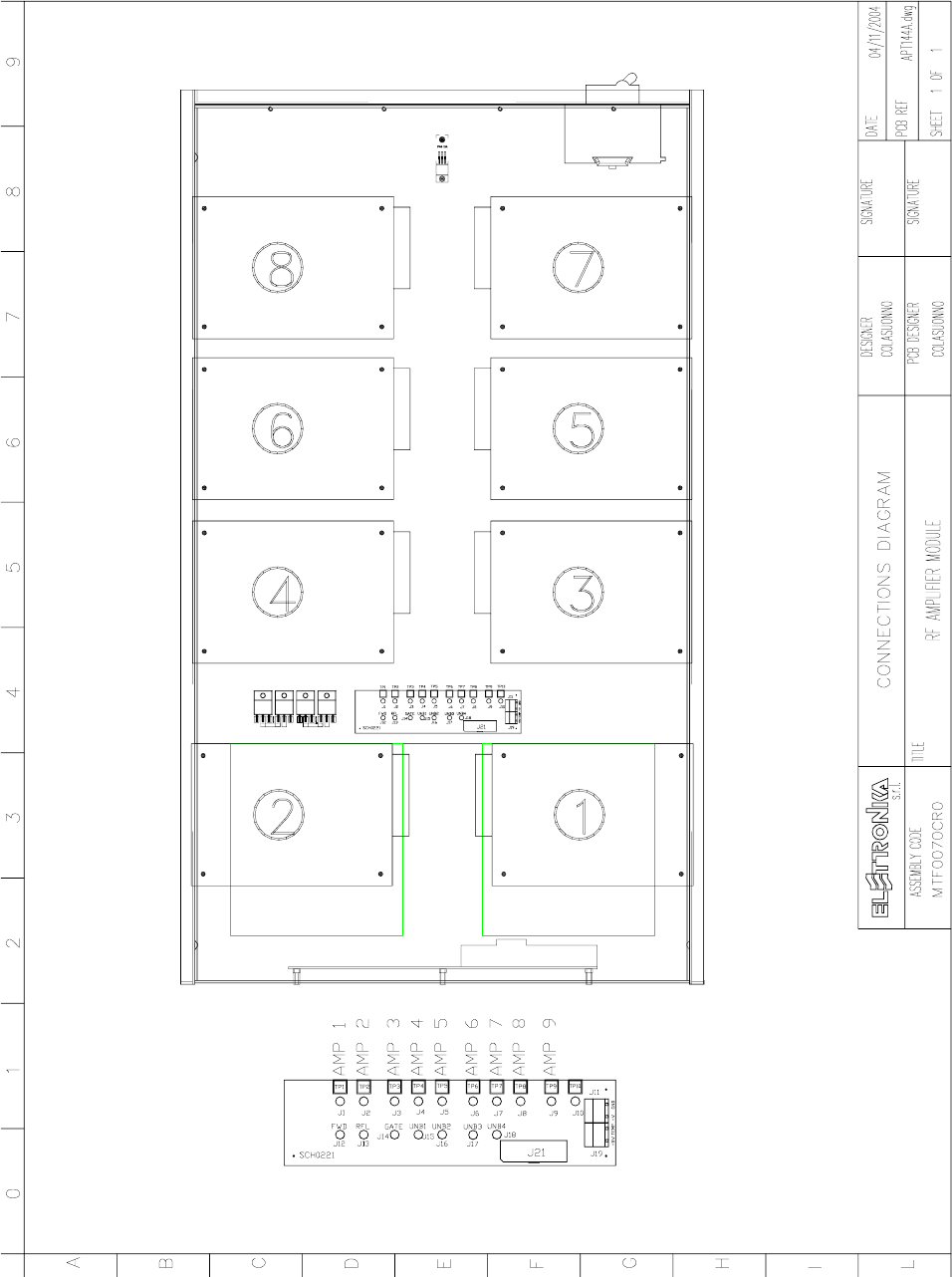
76

77
Part Name Code Description Qty
00001 0W 1206 SMD RESISTOR 2
01041D 1nF 1206 2% SMD CAPACITOR 2
00221B 75W 1206 1% SMD RESISTOR 2
03207 HSMS-2802*L31 DIODE 2
SCH0192AR0 200W UHF LDMOS AMPLIFIER MODULE 9
SCH0221AR0 AMPLIFIER INTERFACE 1
SCH0248AR0 8 WAY WILKINSON 1
SCH0249AR0 4 WAY WILKINSON Dx 1
SCH0250AR0 4 WAY WILKINSON Sx 1
SCH0251AR0 2 WAY WILKINSON 1
SCH0252AR0 1500W UHF INPUT COUPLER 1
PN1091A C.S. PN1091AR3 OUTPUT DIRECTIONAL COUPLER 1
02402 7/16 FEMALE CONNECTOR cod. 0142 1
02512 J01151A0531 SMA SOCKET WITHOUT BAT. 1
01400 2499-003-X5U0-102M FEED-THROUGH CAPACITOR 13
01408 5000PF FEED-THROUGH CAPACITOR 2
DET0726 DET0726R2 SIDE x 1500W UHF AMP. MOD. 2
DET0727 DET0727R1 INTERNAL FRONT SIDE x AMP. MOD. 1
DET0728 DET0728R4 INTERNAL SIDE x AMP. MOD. 2
DET0729 DET0729R2 FRONT SIDE x AMP. MOD. 1
DET0730 DET0730R2 REAR SIDE x AMP. MOD. 1
DET0732 DET0732R1 CONNECTIONS SUPPORT BOARD 1
DET0734 DET0734R0 COVER x AMPLIFIER MODULE P. 2634 1
DET0736 DET0736R6 HEATSINK x AMPLIFIER MODULE 1
DET0807 DET0807R3 SCREEN DIR. COUPLER MODULE 1
DET0810 DET0810R0 PART. x DIRECTIONAL COUPLER 1
DET0811 DET0811R1 COVER x DIRECTIONAL COUPLER 1
DET0812 DET0812R1 TEFLON RING x DIRECTIONAL COUPLER 1
DET0819 DET0819R0 SPESS. x INPUT DIR. COUPLER 1
DET0828 DET0828R0 COVER x AMPLIFIER MODULE P. 2644 1
DET0839 DET0839R2 DIRECTIONAL COUPLER 1
08502 RG316 50W CABLE 3,00
08527 HF-85 ENDIFORM CABLE 0,20
03017 MBR3045PT DIODE 4
PN0998A PN998AR1 POWER SUPPLY ADDED PCB 2
Component list MTF0070CR0 Amplifier module

78
This page is intentionally blank
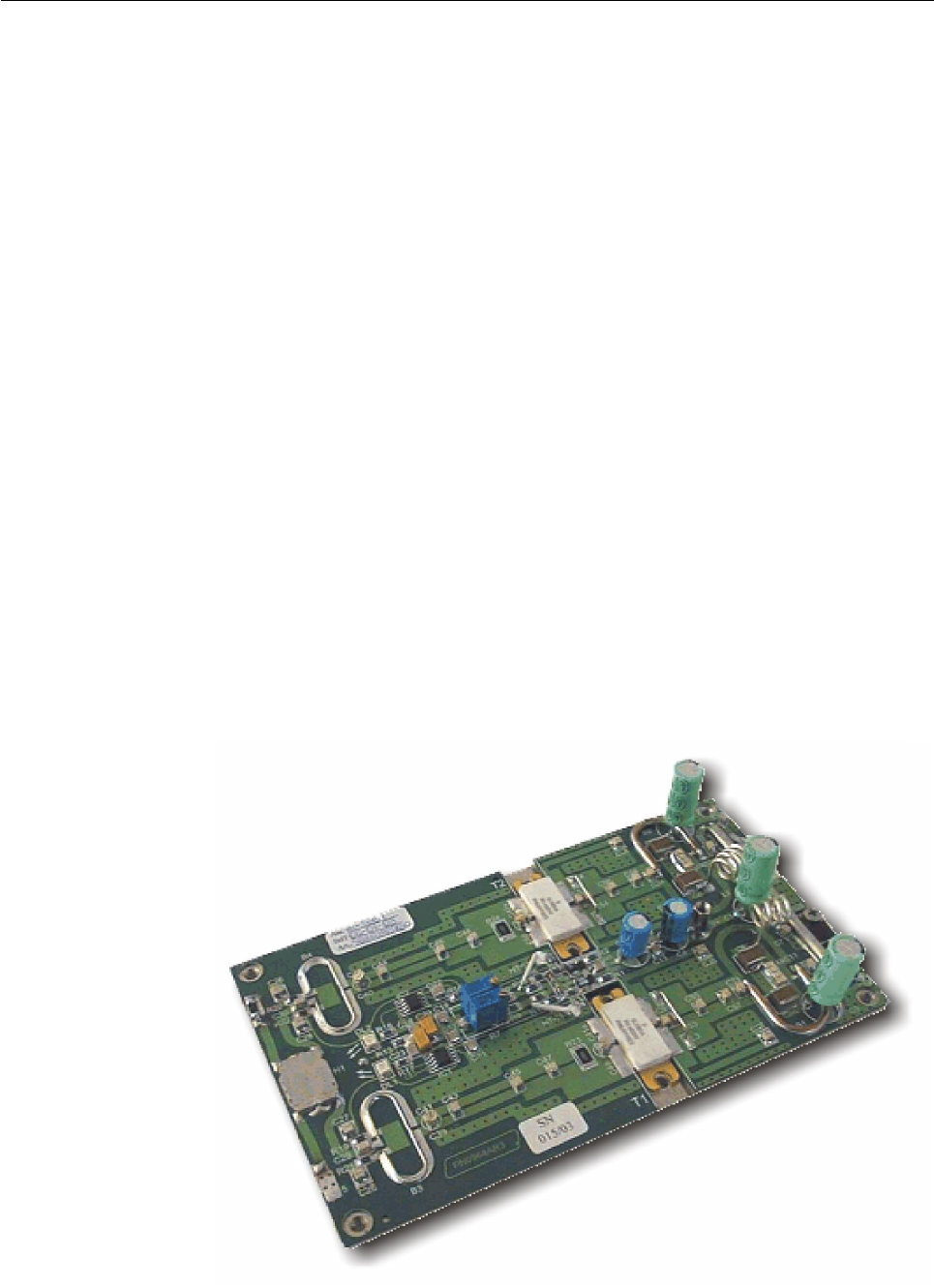
79
200W UHF LDMOS AMPLIFIER MODULE SCH0192AR0
DESCRIPTION
The RF module is an integrated TV linear amplifier designed for UHF band, this module employs push-pull
LDMOS technology in order to achieve very good efficiency, high linearity and reliability.
LDMOS transistors operate in AB class. It is a wideband amplifier over the full frequency, no adjustment is
required for the channel change. The board includes RF section amplifier, bias circuit, protection circuit and
matching networks. A silver plated copper plate is brazed with PCB in order to obtain low thermal resistance.
Providing a minimum of 200W Pk sync linear power, this module is the perfect amplifier for any broadband
UHF power transmitter.
TECHNICAL CHARACTERISTICS
Output power 300W max
Input power 15W max
Frequency 470 - 860MHz
Gain > 13dB
LDMOS Power supply 32V ±2%
LDMOS Bias current @+32V Vdc 2A
RF Input impedance 50W
RF Output impedance 50W
Input / Output return loss > = 15dB
Drain efficiency 47% @ 250W
Storage temperature range -50° to +150°C
Dimensions (LxWxH) 165x95x29mm
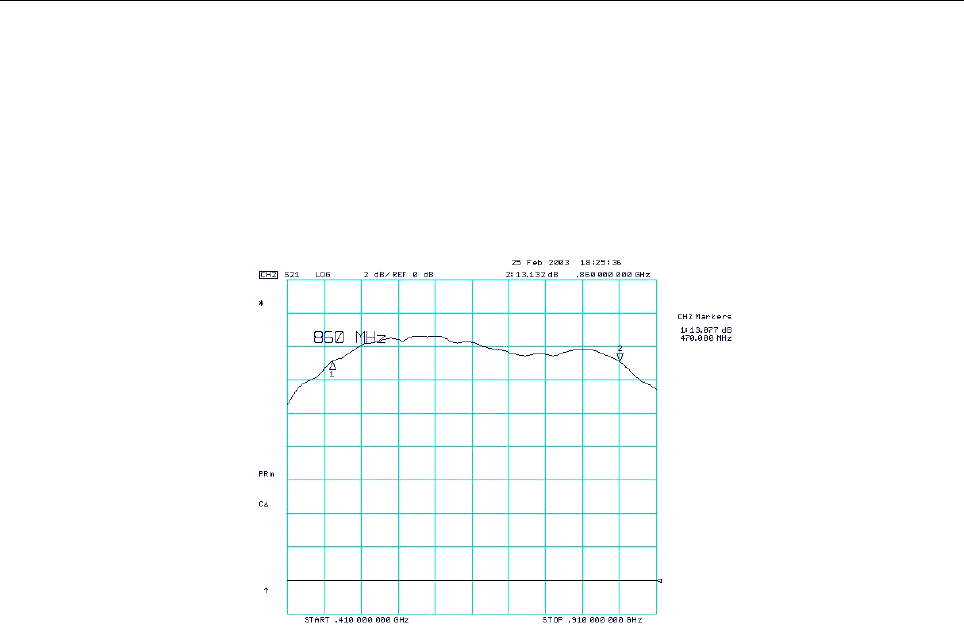
80
CALIBRATION PROCEDURE
- Technical characteristics
Power supply voltage 32V (± 2%)
Polarisation current 1.0 cold for each device (2A total), ± 0.1A
Gain for low signal Not less than 13dB in the 470-860MHz band (± 1dB)
Compare to the typical curve eclosed
- Adjustment procedure
Polarisation current calibration 32V stabilised power supply
10A amperometer
Gain curve Network analyser
- Adjustment points description
R7-R8 (Trimmers) Adjust the current absorbed in stand-by (1.0A per device)
Middle frequency 660MHz, span 500MHz, 2dB/div., reference to the arrow
- Curve response graphic
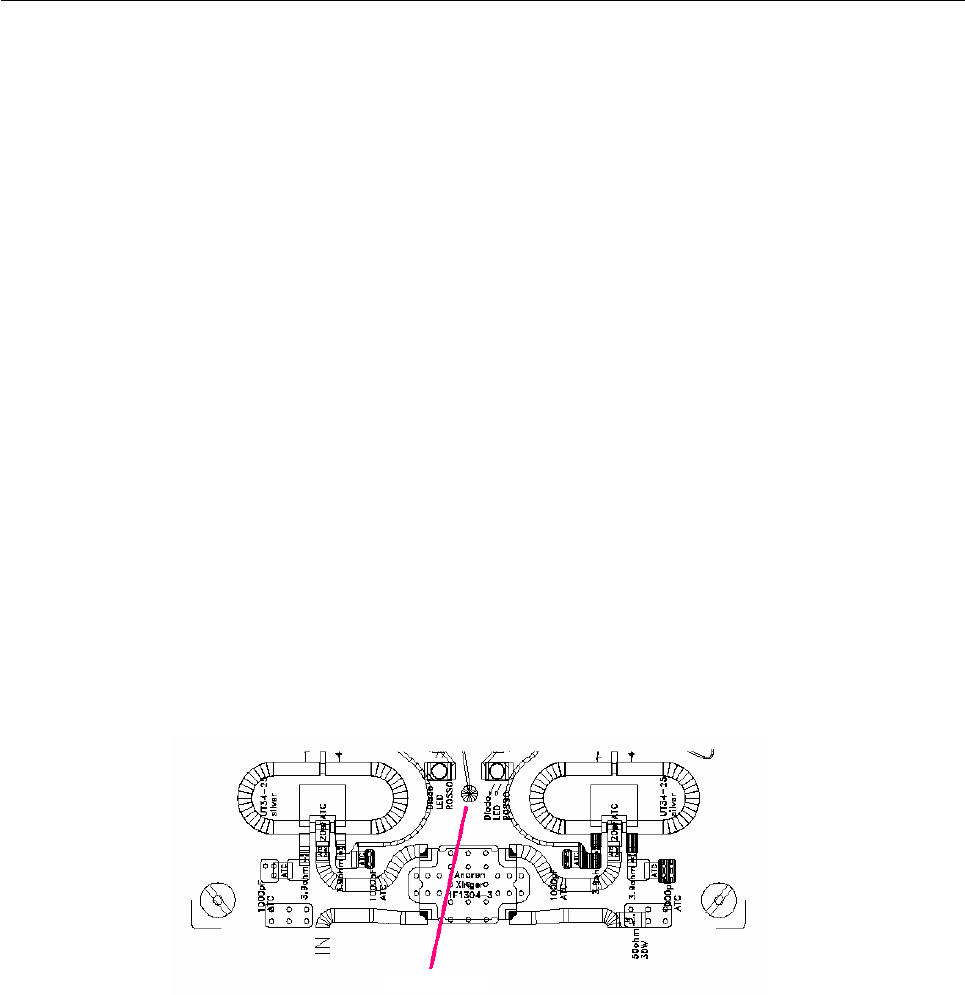
81
- Calibration steps
STEP 1. Close the input and the output of the module by connecting them to a 50WW
WW
W dummy load
and connect the spectrum analyser through a directive sample, in order to look for self-oscillation of the
module, if any (anyway the module has been designed so that it would not self-oscillate even if totally de-
coupled, without any input or output load).
STEP 2. Check the voltages of the polarisation circuits without assembling the transistors first:
connect the 32V power supply to the proper turret by means of a fastening screw, then give power and check
data:
- the stabilised voltage on the zener diodes DZ1 and DZ2 is about 15V compared to the ground;
- the stabilised voltage on the zener diodes DZ3 and DZ4 is about 6.8V compared to the ground;
- the voltage on the pads to which the gates of the LDMOS transistors will be soldered (R23 and R24
resistors side) changes from 0V to a maximum value of about 6V when moving the relevant trimmer (R7-R8).
STEP 3. Check the work of the protections.
- Set both trimmers so that there is a value of about 4.5V on the pads of the gates;
- solder some wire to the pad between the two LEDs, next to the serigraphy of the input hybrid H1;
- in order to check the work of the protections aboard, a power of about 4V has to be supplied to the wire,
for example by touching with it the reophore of C23 or C24 which is not connected to ground; the two red
LEDs will immediately light up and the two RF transistors will be switched off at the same time: the polarisation
current (2A) will decrease to 0 and of course the gain curve displayed by the spectrum analyser will decrease;
- after this it is important to restore the position of the two trimmers for the minimum voltage! Then
disconnect the 32V power supply.
STEP 4. Fastening of the LDMOS transistors: after properly cleaning the plate surface, smear a thin
layer of silicone fat on the lower side of the flange of the MOSFETs, fasten them to the heat sink and solder
the gate first, then the drain. Solder the two 13pF (ATC) chip capacitors and above them the two 1-5pF
Solder a wire

82
capacitive trimmers, between the two pair of gates, as shown by the mounting plan.
STEP5. Connect serially a c.c. amperometer to the power supply, with scale starting from more than 5A
(i.e. 10A).
STEP 6. Power the module and check the MOSFET is not absorbing current; this means that the device
is integral and working correctly.
STEP 7. Slowly turn the R7 trimmer until the MOSFET absorbs 1A, always checking that there are no
self-oscillation; under this conditions it is possible to check by means of a digital tester that the voltage on the
gate is about 5.2-5.4V.
STEP 8. Repeat the previous step for the other section of the module, this time turnign R8 and checking
that the indication of the current on the amperometer increases to 2A total (which includes the current of the
other device left on).
STEP 9. Check the response curve of the module by means of the network analyser.
STEP 10. Check the response curve for low signal with centre 660MHz and span 500MHz, 2dB/div.
STEP 11. The curve should be similar to the one enclosed, with a tolerance of ± 0.5dB. To obtain this, act
on the four trimmers C41-C41a and C42-C42a with the proper calibrator, inorder to flatten the curve as
much as possible, especially at the edged of the band which represents the minimum values.
STEP 12. Finally, check that the current in stand-by does not increase by more than 15÷20%, reaching at
worst 2.3÷2.4A when the heat sink is hot and not ventilated.
Note: when mounting-removing the PALLET on the heat sink, tightly fasten the screw of each all N input and output
connectors. These are mounted with a single 3mm screw and if it is not properly fastened it may be detached from the PCB
by a movement of the connector once it has already been soldered to the path.
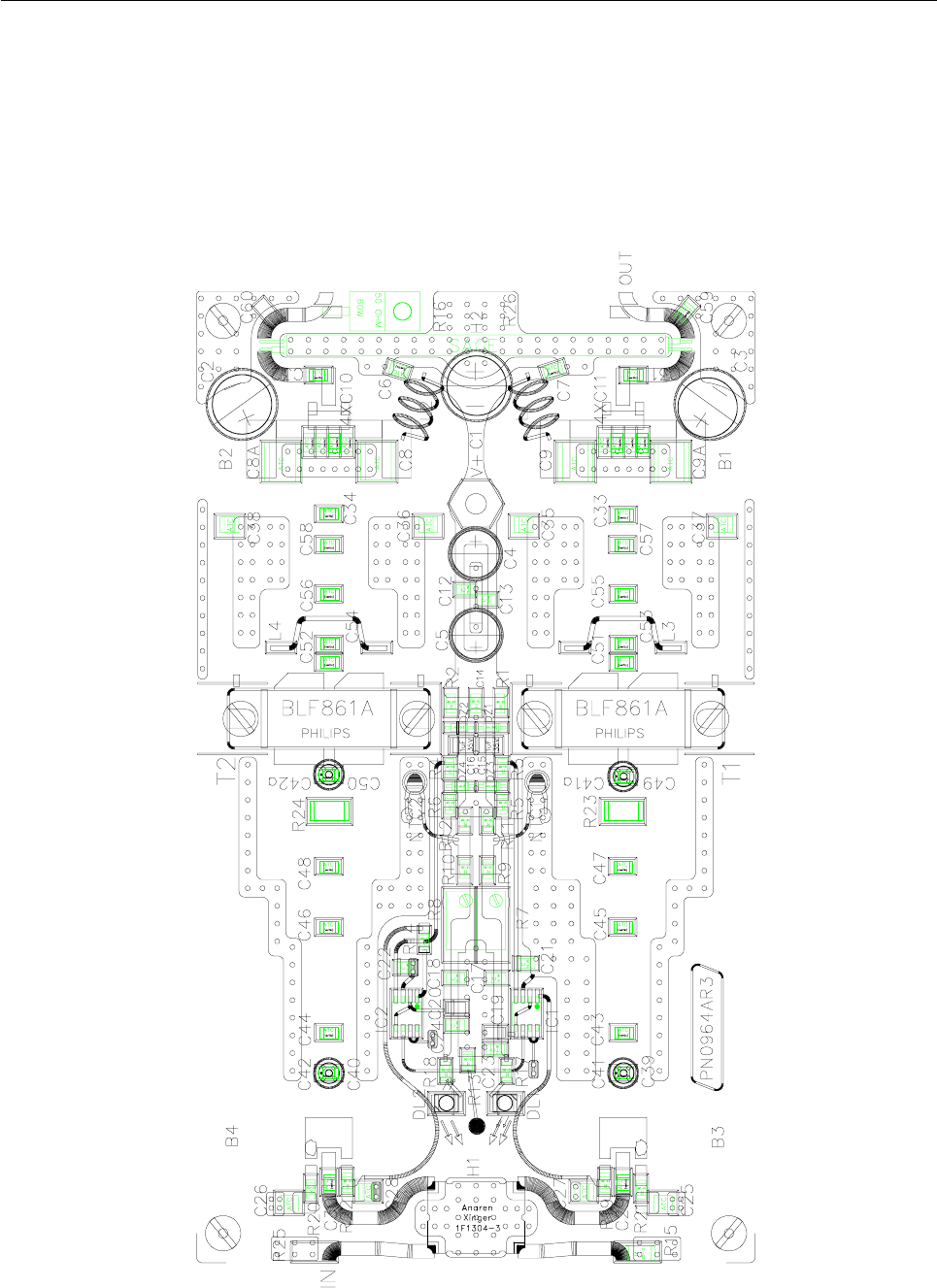
83
Component layout SCH0192AR0
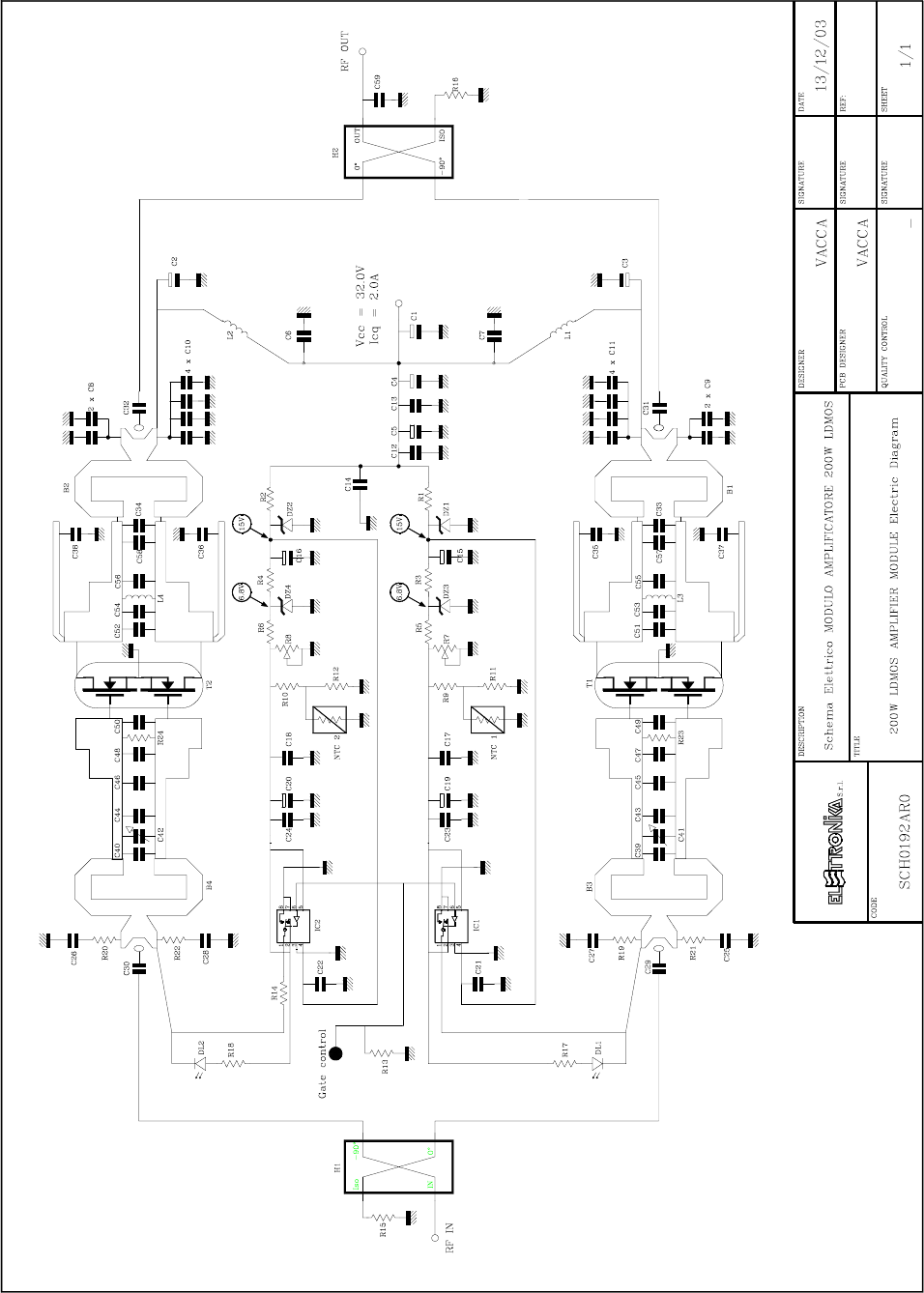
84

85
COMPONENT LIST SCH0192AR0
REF. DESCRIPTION ELETTRONIKA CODE Page 1/3
R1 2200W 1/4W 1206 SMD RESISTOR 00045A
R2 2200W 1/4W 1206 SMD RESISTOR 00045A
R3 2200W 1/4W 1206 SMD RESISTOR 00045A
R4 2200W 1/4W 1206 SMD RESISTOR 00045A
R5 1200W 1/4W 1206 SMD RESISTOR 00042A
R6 1200W 1/4W 1206 SMD RESISTOR 00042A
R7 50kW MULTITURNS PTH TRIMMER 00800
R8 50kW MULTITURNS PTH TRIMMER 00800
R9 1200W 1/4W 1206 SMD RESISTOR 00042A
R10 1200W 1/4W 1206 SMD RESISTOR 00042A
R11 18kW 1/4W 1206 SMD RESISTOR 00056B
R12 18kW 1/4W 1206 SMD RESISTOR 00056B
R13 680KW 1/4W 1206 SMD RESISTOR 00075A
R14 0W 1/4W 1206 SMD RESISTOR 00001
R15 50W 30W 1512EBX SMD RESISTOR 00416A
R16 50W 60W 00432
R17 4.7kW 1/4W 1206 SMD RESISTOR 00049A
R18 4.7kW 1/4W 1206 SMD RESISTOR 00049A
R19 3.9W 1/4W 1206 SMD RESISTOR 00012A
R20 3.9W 1/4W 1206 SMD RESISTOR 00012A
R21 3.9W 1/4W 1206 SMD RESISTOR 00012A
R22 3.9W 1/4W 1206 SMD RESISTOR 00012A
R23 1000W 1W 2512 SMD RESISTOR 00396
R24 1000W 1W 2512 SMD RESISTOR 00396
*R25 = R15 (da montare se si inverte lingresso)
*R26 = R26 (da montare se si inverte luscita)
C1 470uF 50V PTH ELECTROLYTIC CAPACITOR 01807B
C2 470uF 50V PTH ELECTROLYTIC CAPACITOR 01807B
C3 470uF 50V PTH ELECTROLYTIC CAPACITOR 01807B
C4 100uF 50V PTH ELECTROLYTIC CAPACITOR 01795
C5 100uF 50V PTH ELECTROLYTIC CAPACITOR 01795
C6 1nF ATC 100B CAPACITOR OR EQUIVALENT 01145
C7 1nF ATC 100B CAPACITOR OR EQUIVALENT 01145
C8 x 2 2 x 100nF ATC CAPACITOR OR EQUIVALENT 01065H
C9 x 2 2 x 100nF ATC CAPACITOR OR EQUIVALENT 01065H
C10 x 4 4 x 100pF ATC 100B CAPACITOR OR EQUIVALENT 01135
C11 x 4 4 x 100pF ATC 100B CAPACITOR OR EQUIVALENT 01135
C12 100nF 1210 SMD CAPACITOR 1065G
C13 100nF 1210 SMD CAPACITOR 1065G
C14 100nF 1210 SMD CAPACITOR 1065G
C15 1uF 35V SMD TANTALIUM CAPACITOR 01613A
C16 1uF 35V SMD TANTALIUM CAPACITOR 01613A
C17 100nF 1210 SMD CAPACITOR 1065G

86
REF. DESCRIPTION ELETTRONIKA CODE Page 2/3
C18 100nF 1210 SMD CAPACITOR 1065G
C19 10uF 16V SMD TANTALIUM CAPACITOR 01626A
C20 10uF 16V SMD TANTALIUM CAPACITOR 01626A
C21 100nF 1210 SMD CAPACITOR 1065G
C22 100nF 1210 SMD CAPACITOR 1065G
C23 100nF 1210 SMD CAPACITOR 1065G
C24 100nF 1210 SMD CAPACITOR 1065G
C25 1nF ATC 100B CAPACITOR OR EQUIVALENT 01145
C26 1nF ATC 100B CAPACITOR OR EQUIVALENT 01145
C27 1nF ATC 100B CAPACITOR OR EQUIVALENT 01145
C28 1nF ATC 100B CAPACITOR OR EQUIVALENT 01145
C29 20pF ATC 100B CAPACITOR OR EQUIVALENT 01123
C30 20pF ATC 100B CAPACITOR OR EQUIVALENT 01123
C31 20pF ATC 100B CAPACITOR OR EQUIVALENT 01123
C32 20pF ATC 100B CAPACITOR OR EQUIVALENT 01123
C33 1.3pF ATC 100B CAPACITOR OR EQUIVALENT 01104
C34 1.3pF ATC 100B CAPACITOR OR EQUIVALENT 01104
C35 470pF ATC 100B CAPACITOR OR EQUIVALENT 01143
C36 470pF ATC 100B CAPACITOR OR EQUIVALENT 01143
C37 470pF ATC 100B CAPACITOR OR EQUIVALENT 01143
C38 470pF ATC 100B CAPACITOR OR EQUIVALENT 01143
C39 4.7pF ATC 100B CAPACITOR OR EQUIVALENT 01108
C40 4.7pF ATC 100B CAPACITOR OR EQUIVALENT 01108
C41 x 2 2 x 1¸5pF JOHANSON SMD TRIMMER 1485
C42 x 2 2 x 1¸5pF JOHANSON SMD TRIMMER 1485
C43 3.6pF ATC 100B CAPACITOR OR EQUIVALENT 01104B
C44 3.6pF ATC 100B CAPACITOR OR EQUIVALENT 01104B
C45 6.8pF ATC 100B CAPACITOR OR EQUIVALENT 01111
C46 6.8pF ATC 100B CAPACITOR OR EQUIVALENT 01111
C47 6.8pF ATC 100B CAPACITOR OR EQUIVALENT 01111
C48 6.8pF ATC 100B CAPACITOR OR EQUIVALENT 01111
C49 13pF ATC 100B CAPACITOR OR EQUIVALENT 01119A
C50 13pF ATC 100B CAPACITOR OR EQUIVALENT 01119A
C51 8.2pF ATC 100B CAPACITOR OR EQUIVALENT 01113
C52 8.2pF ATC 100B CAPACITOR OR EQUIVALENT 01113
C53 8.2pF ATC 100B CAPACITOR OR EQUIVALENT 01113
C54 8.2pF ATC 100B CAPACITOR OR EQUIVALENT 01113
C55 10pF ATC 100B CAPACITOR OR EQUIVALENT 01117
C56 10pF ATC 100B CAPACITOR OR EQUIVALENT 01117
C57 4.7pF ATC 100B CAPACITOR OR EQUIVALENT 01108
C58 4.7pF ATC 100B CAPACITOR OR EQUIVALENT 01108
C59 0.3pF ATC 100B CAPACITOR OR EQUIVALENT 01160
T1 BLF861A RF LDMOS POWER TRANSISTOR 04034
T2 BLF861A RF LDMOS POWER TRANSISTOR 04034
B1 COAX 2:1 BALUN 08491

87
REF. DESCRIPTION ELETTRONIKA CODE Page 3/3
B2 COAX 2:1 BALUN 08491
B3 COAX 4:1 BALUN 08492
B4 COAX 4:1 BALUN 08492
L1 4 TURNS SILV. COP. WIRE 1.2mm WOUND ON OD 5mm 07684
L2 4 TURNS SILV. COP. WIRE 1.2mm WOUND ON OD 5mm 07684
L3 ½ TURN COIL
L4 ½ TURN COIL
H1 HYBRID COUPLER 3dB 90° ANAREN 05368
H2 HYBRID COUPLER 3dB 90° SAGE 05369
NTC1 NTC 100KW PTH 00661
NTC2 NTC 100KW PTH 00661
IC1 DG419DY 04583
IC2 DG419DY 04583
DZ1 15V SMD ZENER DIODE 03135
DZ2 15V SMD ZENER DIODE 03135
DZ3 6.8V SMD ZENER DIODE 03137
DZ4 6.8V SMD ZENER DIODE 03137
DL1 SMD LED DIODE - RED - 03056
DL2 SMD LED DIODE - RED - 03056
PN964AR3 PCB 0643K
Torretta 3x10 f/f V0774
Imballo velapack 200x125x50 09983
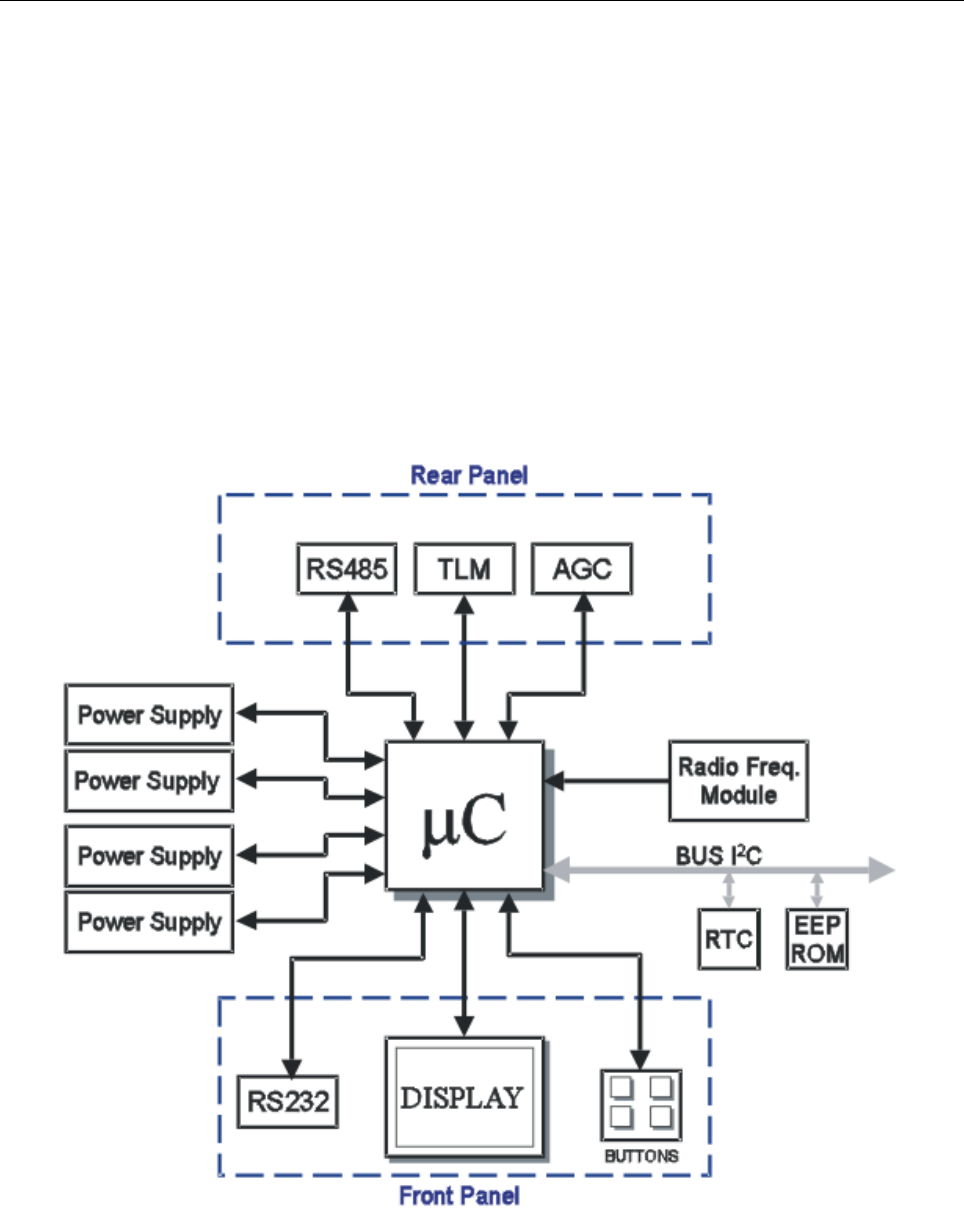
88
Figure 1: Simplified block diagram of the control and display board
CONTROL BOARD AND DISPLAY SCH0223AR1
DESCRIPTION
The control board SCH0223AR1 manages the operational logic of the amplifier: switching on and off, power
supply and fans, alarms and protections, remote control, human-machine interface. All of that is performed by
a modern and powerful 16 bit micro-controller, which is the main part of the board.
Figure 1 shows the block diagram.
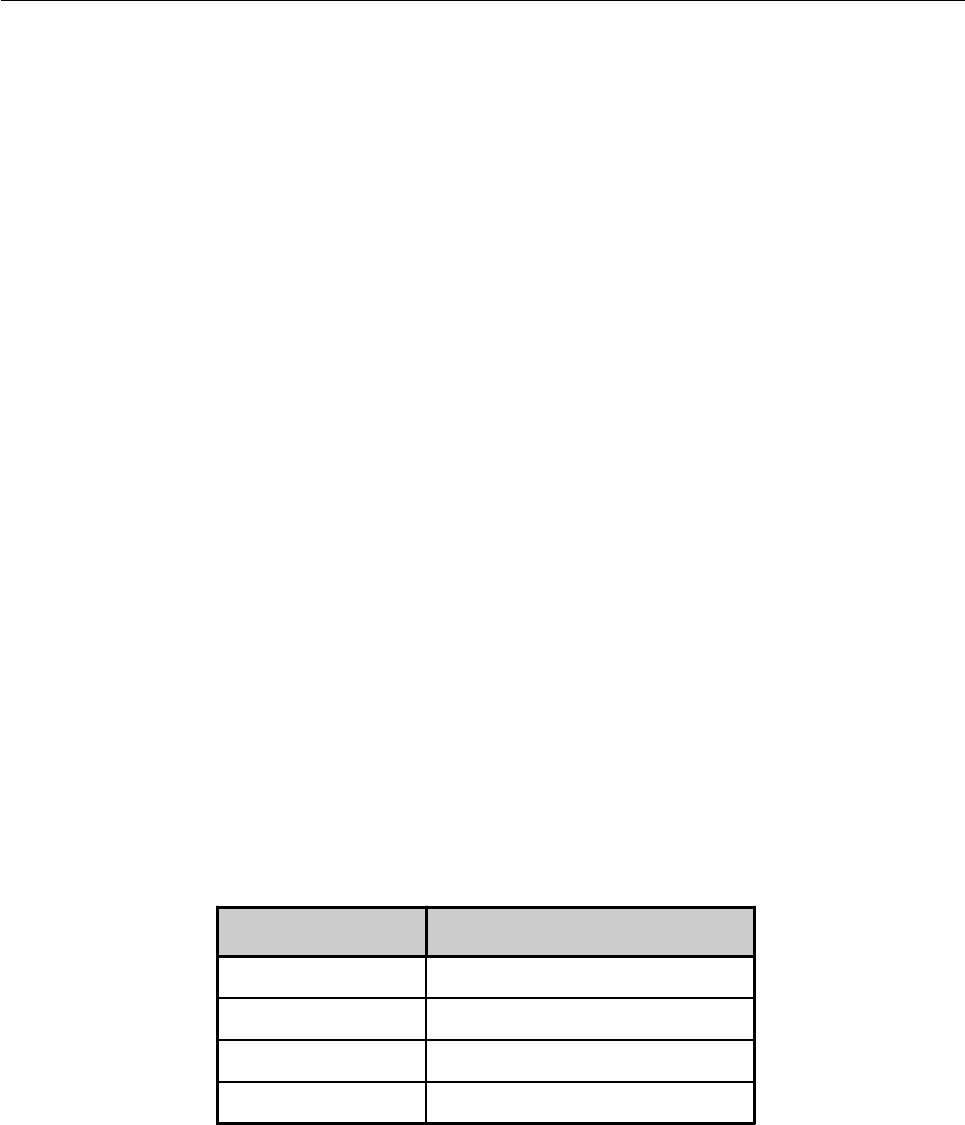
89
It can be seen that the micro-controller is the heart of the control system, to which the various peripherals
(power supply, serial ports, telemeasure socket, AGC port, RF amplifier module, ROM, clock, display and
keys) are interfaced.
- Power Supply
The board is powered with a continuous +24V voltage applied on the J14 connector. From that the +5V
voltage, powering the most of the chips (micro-controller, operational amplifiers, display, etc.) is derived by
means of a switching converter (see IC19). A +12Vdc voltage is obtained from it as well, by means of a linear
conversion provided by the integrated circuit IC8. From this, a -12Vdc voltage is obtained by means of the
integrated circuit IC5. The -12V voltage is used to adjust the contrast of the display.
- Connectors
On the board SCH0223AR1 there are several connectors used as interfaces for the peripherals of the apparatus
and the ports for external communication.
POWER SUPPLY
The connectors J1, J6, J8 e J12 are used to connect the power supply powering the RF modules. The number
of power supply used changes depending on the amplifier, up to eight power supply. They are connected in
the order shown in Table 1 below. Remaining connectors, if any, are left unconnected.
Table 1: Interface connectors for the power supply
Through this connection, each power supply provides the level of voltage and current acquired by the micro-
controller by means of an internal ADC. Besides the connectors allow the control board to turn on or off the
individual power supply (for instance when an alarm occurs).
CONNECTOR POWER SUPPLY N°
J1 1 - 2
J6 3 - 4
J8 5 - 6
J12 7 - 8
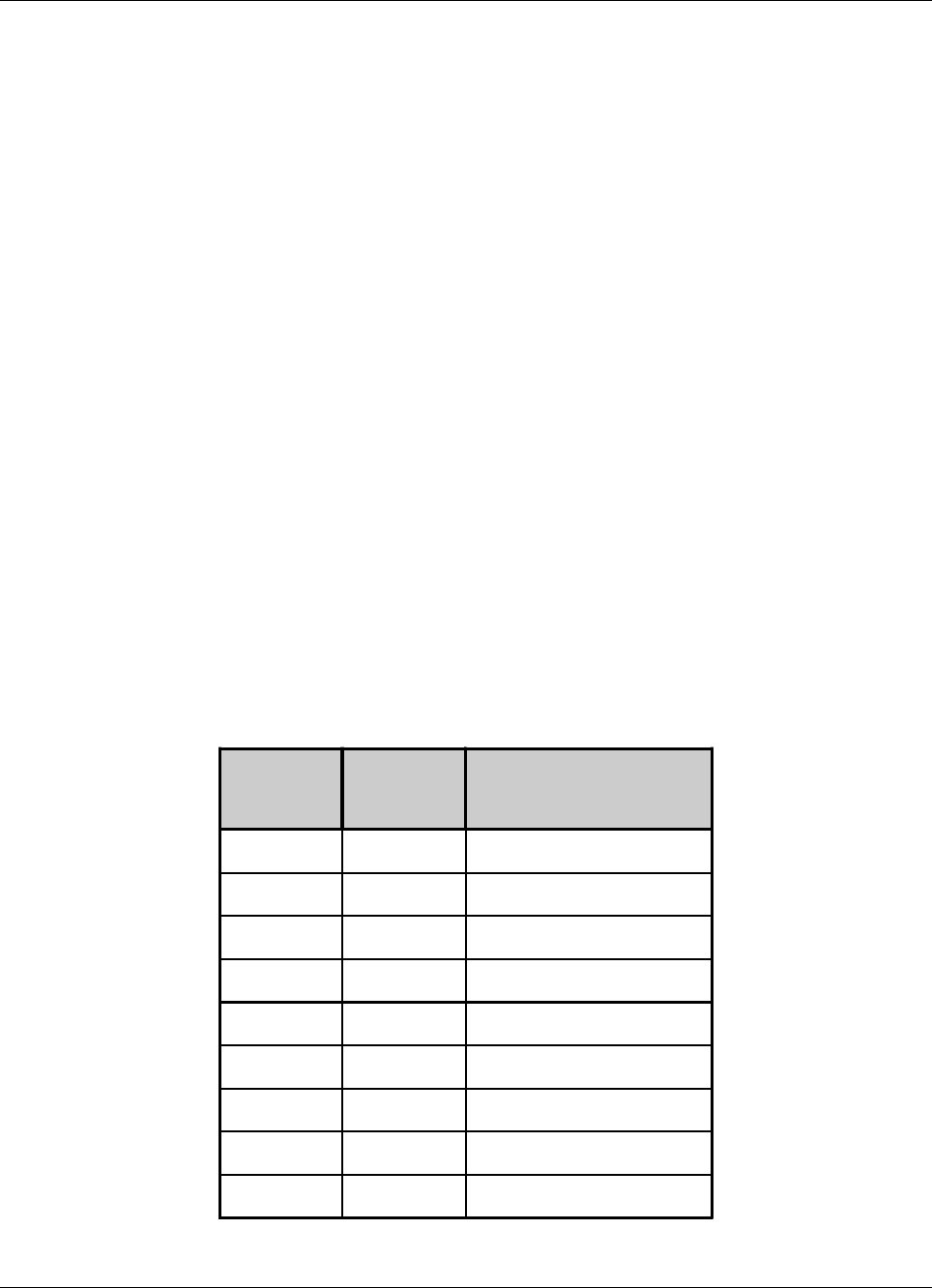
90
RF AMPLIFICATION
The J3 connector interfaces the control board with the RF amplification section. Through this connector the
micro-controller acquires the forward and reflected powers, unbalancing (if any), and temperature of the
critic amplification area. It also allows to inhibit the transistors in case of reflected power alarm, by means of
a totally hardware, thus extremely fast protection.
Depending on the apparatus, this connector may also allow to enable or disable the cooling fans of the critic
area.
RS485
The J11 connector (10 pin socket) is directly wired to a DB9 female connector placed on the rear panel of the
apparatus. This communication bus allows to connect the amplifier to the control (Amplifier Control) module
of a high-power transmitter composed by several individual amplifiers. In this case, each amplifier and the
Amplifier Control are connected to the same 4-wires RS485 bus and each of them has a unique address
(which can be set by means of the keys and the display) for correct communication.
In case of single (stand-alone) amplifier, the RS485 connector can be used to interface to the Remote Control
Unit (RCU) made by Elettronika S.r.l. This unit allows to monitor and control the remote transmitter from any
site provided with PSTN or GSM1 phone connection.
Table 2 shows the wiring between the J11 connector on the board and the DB9 female connector on the rear
panel, along with the description of the lines.
1 For more details about the control system contact the distributor or the manufacturer.
PIN N°
ON DB9
PIN N°
ON J11 DESCRIPTION
11 Not used
23 Rx-
35 Rx+
47 +5V
59 GND
62 Not used
74 Tx-
86 Tx+
98 Not used
Table 2: Description of the RS485 connector
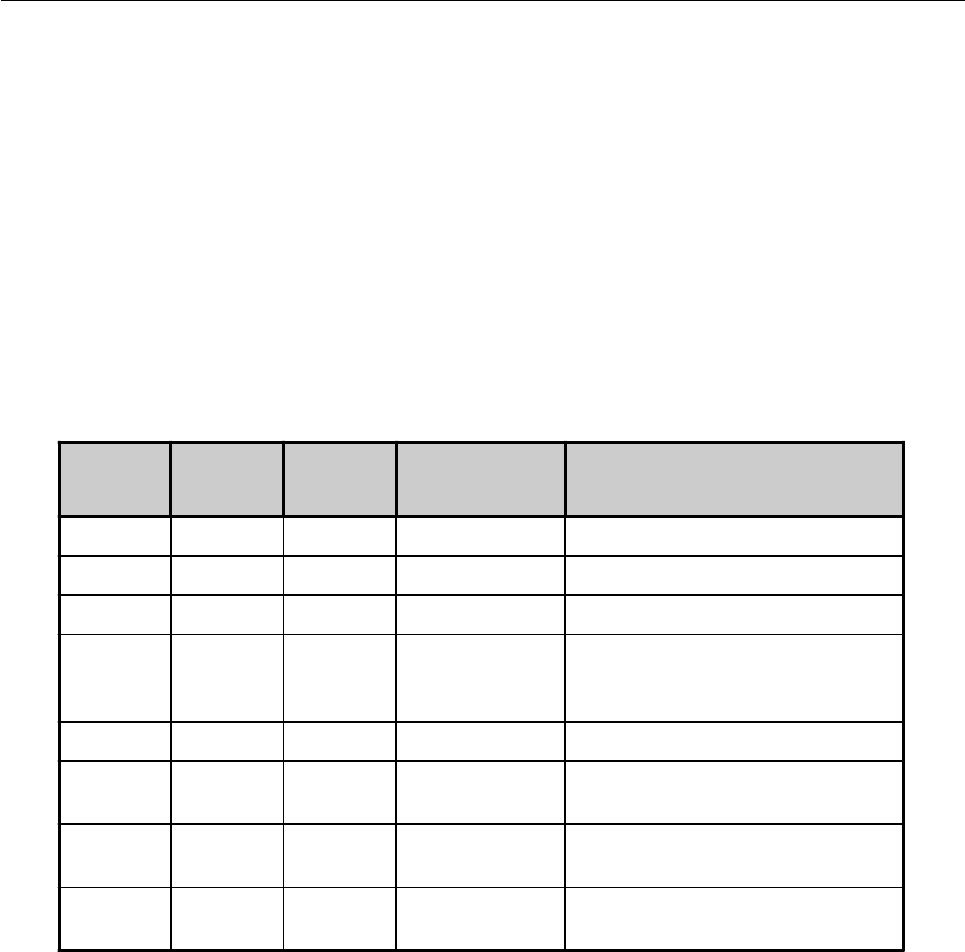
91
TELEMEASURES
The J9 telemeasure connector (10 pins socket) is directly wired on a DB9 female connector placed on the
rear panel. There are input and output digital lines (TTL level) and analog output lines on this connector, which
are used to monitor and control the amplifier by means of a general-purpose remote control system.
The correspondence between the pins of the J9 connector on the board and the DB9 female connector on the
rear panel, as well as the meaning of the various lines, is shown in table 3 below (the directions are in respect
to the micro-controller on the board).
Table 3: Description of the telemeasures connector
The input stage of the digital pins has an internal pull-up towards the 5V power supply voltage. To use these
lines it only takes setting a switch to close to earth. When closed, the relevant control (turning on or off) is
enabled and the switch may be open again (impulse controls).
The interlock pin may be used as protection so that the amplifier is switched off when the digital input level is
low. It is possible to use several serially connected switches to make an interlock chain. Usually all switches
are closed and the interlock level is low, thus the amplifier is on. If even only one of the switches is open, the
(*)
(*)
(*) You can select by means of two jumpers on the board (JP1 and JP2) RMS or peak power. If there are two jumpers on pins 1 and 2 of
JP1 and JP2 connectors, RMS power is selected. Otherwise, if there are two jumpers on pins 2 and 3 of the same connectors, peak power
is selected.
PIN N°
ON DB9
PIN N°
ON J9 TYPE DIRECTION DESCRIPTION
1 1 Analog Output Forward power
2 3 Analog Output Reflected power
3 5 Analog Output Temperature
4 7 Digital Input
Interlock:
0V = Interlock Alarm
5V = Normal
59 - -Ground
6-7 2-4 Digital Output Free Contact
(closed when amplifier is in alarm)
8 6 Digital Input Turning-on control
(normally high, active when low)
9 8 Digital Input Turning-off control
(normally high, active when low)
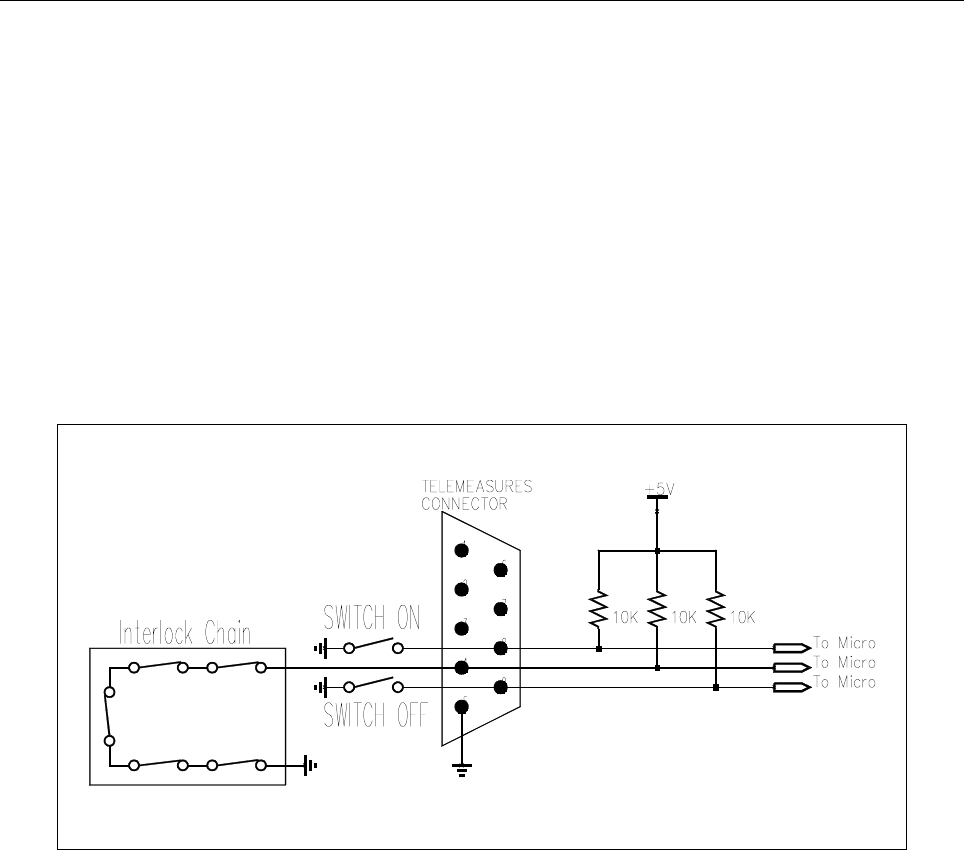
92
Figure 2: Usage of the digital input signals of the telemeasures connector
AGC / EXCITER
The connector called J10, as the telemeasures connector and the RS485 bus, is wired to a DB9 female
connector placed on the rear panel of the amplifier. This connector allow the implementation of an automatic
gain control between an exciter and the amplifier. A voltage signal related to the forward output power
supplied by the amplifier is provided through two pins of the AGC connector. Connecting one of these to the
relevant input pin of the exciter, this can pursuit a given voltage level, so that the output power is always
constant. In order to avoid that, in case of an alarm decreasing the forward power, the exciter increases its
output level due to the AGC, thus damaging the amplification stages, the connector is provided with two
digital output lines called AGC Alarm. Under alarm conditions, this lines are brought by the micro-controller
at a low level, so that the exciter can stop the AGC.
Table 4 shows the connection between the J10 connector on the board and the DB9 connector on the rear
panel, along with the description of each pin (the direction of the pin is referred to the position of the micro-
controller on the board).
level of the interlock signal becomes high (this line has a pull-up towards the +5V power supply voltage as
well) and the interlock protection activates switching off the amplifier. Note that in case the interlock protection
is not used, the pin 4 of the DB9 telemeasure connector and the earth pin (pin 5) must be short circuited.
Otherwise it is possible to disable the monitoring of the interlock chain from menu (see user manual).
Figure 2 shows a typical usage for the digital input signals to turn on and off the amplifier and for the interlock
alarm.
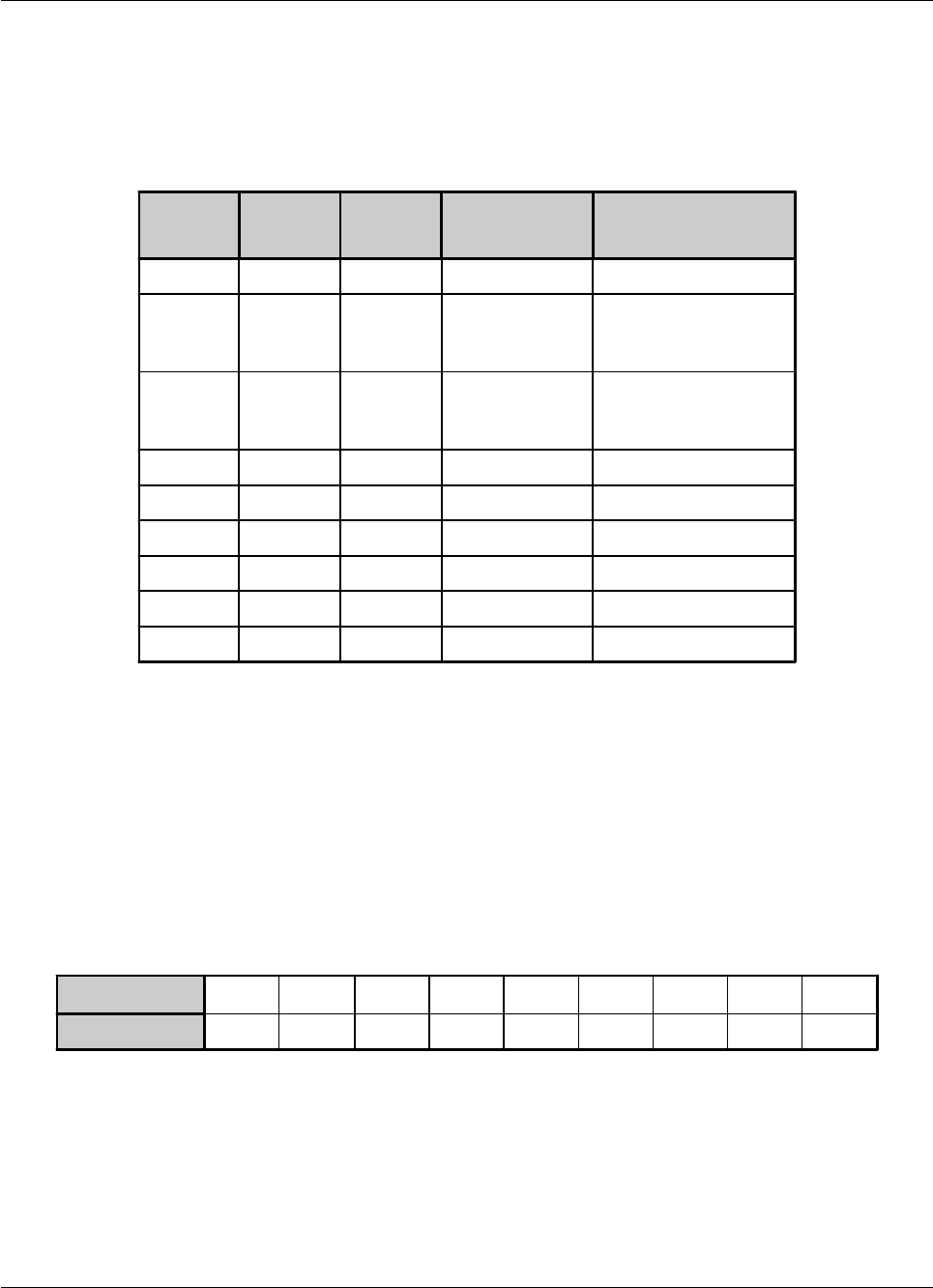
93
Table 4: Description of the AGC connector
RS232
The DB9 female connector on the front panel is an external communication RS232 serial port, through which
a PC can be connected directly to the amplifier in order to perform operations such as the remote control (by
means of an adequate software2) and the update of the microcontroller firmware.
The used communication protocol is asynchronous, at a 19200bps speed, 1 start bit, 8 data bits, 1 stop bit,
no parity. No hardware flow control is used. The connector is DCE type and the pin used are shown in Table
5.
PIN N° ON DB9 123456789
DESCRIPTION -TxDRxD-GND----
MISCELLANEOUS
The J2 (called AUX), J4, J5 and J17 connectors are not used and are there only for future updates. The SW1
dip-switches are partially used for the configuration of the correct mode for the micro-controller. The other
switches are not used. It is important that the position of the dip-switches is left unchanged, because changing
it may set a wrong mode for the micro-controller, affecting the work of the whole amplifier.
2 For more information about this application contact the distributor of the manufacturer.
PIN N°
ON DB9
PIN N°
ON J10 TYPE DIRECTION DESCRIPTION
11- -Ground
23DigitalOutput
AGC Alarm
0V = Alarm
5V = Normal
35DigitalOutput
AGC Alarm
0V = Alarm
5V = Normal
47- -Not used
59 - -Not used
62 - -Not used
7 4 - - Nout used
8 6 Analog Output Forward power
9 8 Analog Output Forward power
Table 5: Description of the RS232 connector
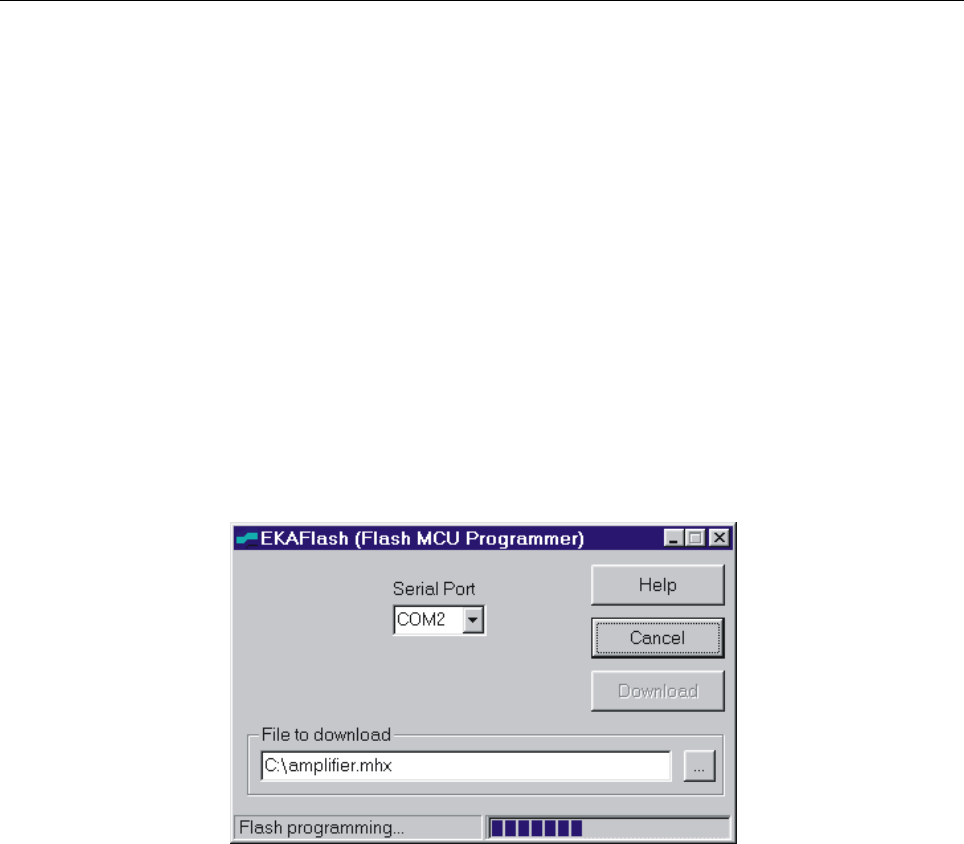
94
FIRMWARE UPDATE
The microcontroller is provided with a built-in Flash memory containing the firmware. The firmware can be
updated with a later version without removing the apparatus from the rack and/or replacing the chip.
To upgrade it, connect a PC to the RS232 socket on the front panel of the apparatus by means of a cable
DB9 male - DB9 female (pin-to-pin).
Launch on the PC the EKAFlash application, select the serial port in use on the PC, choose the update file by
pressing the ... key and click on Download button.
Eventually, turn off the amplifier from the main switch and then turn it on again. The upgrade of the firmware
begins on the EKAFlash window. Fifure 3 shows this window while a firmware is being updated.
Figure 3: The EKAFlash window while updating a firmware
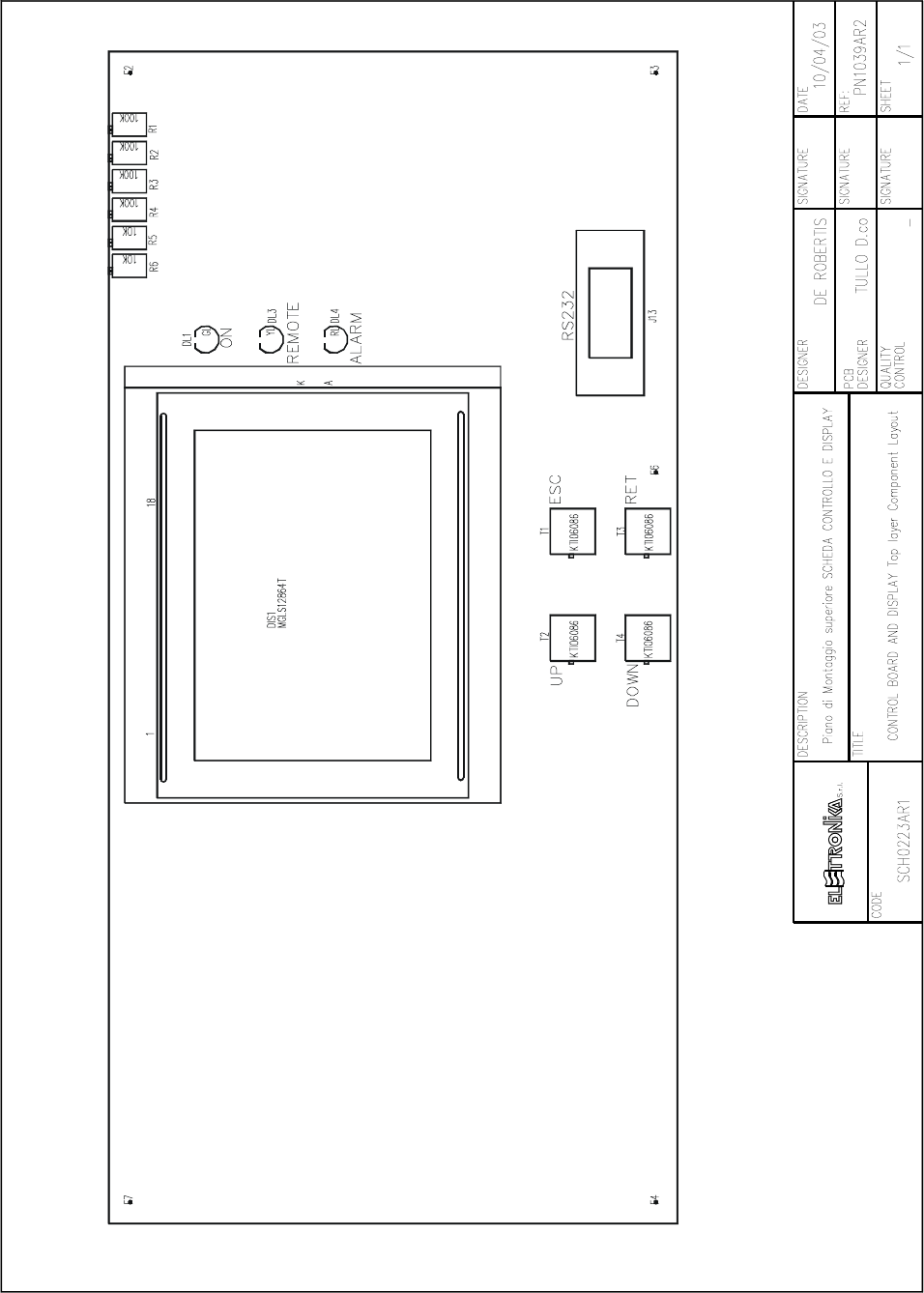
95
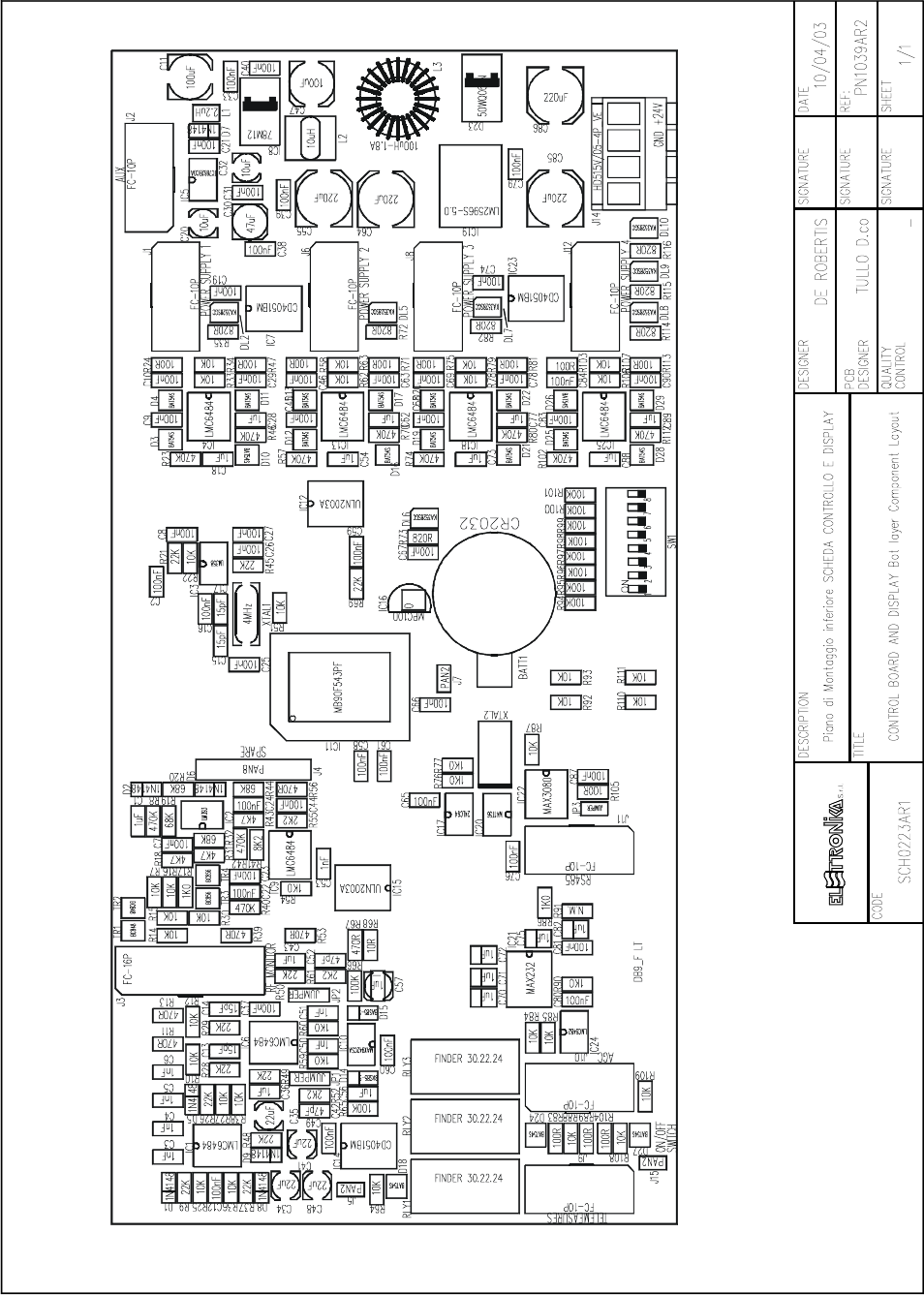
96
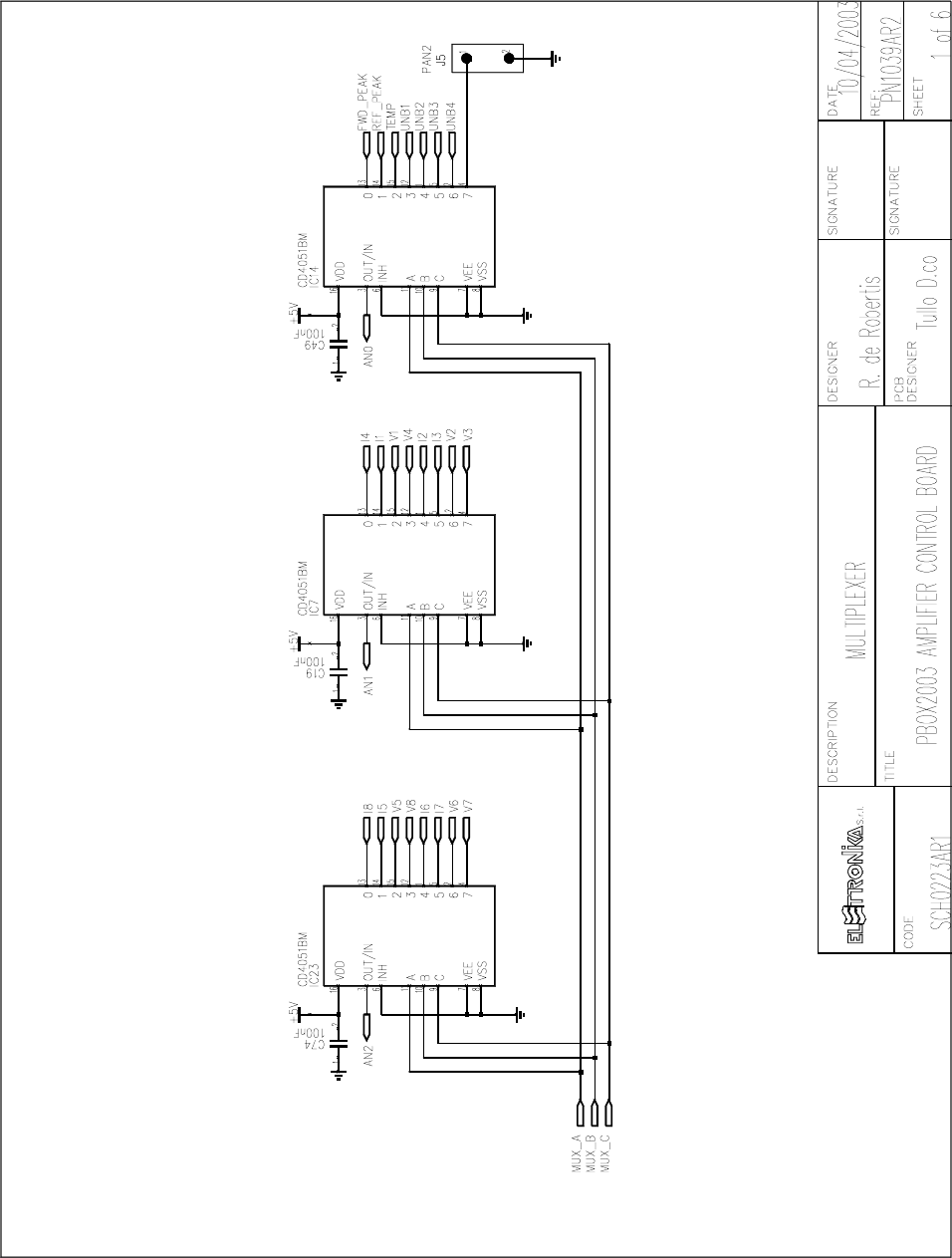
97
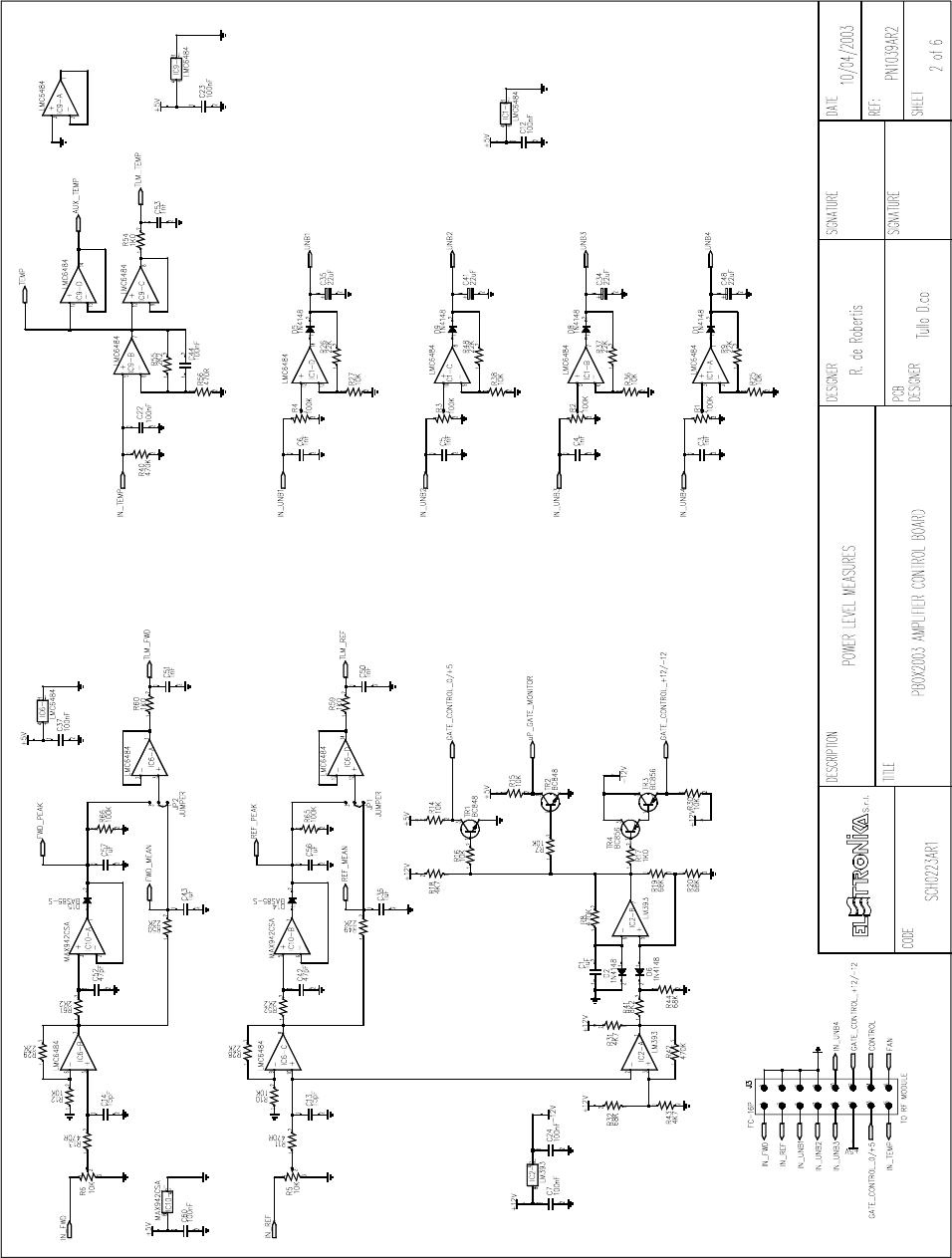
98
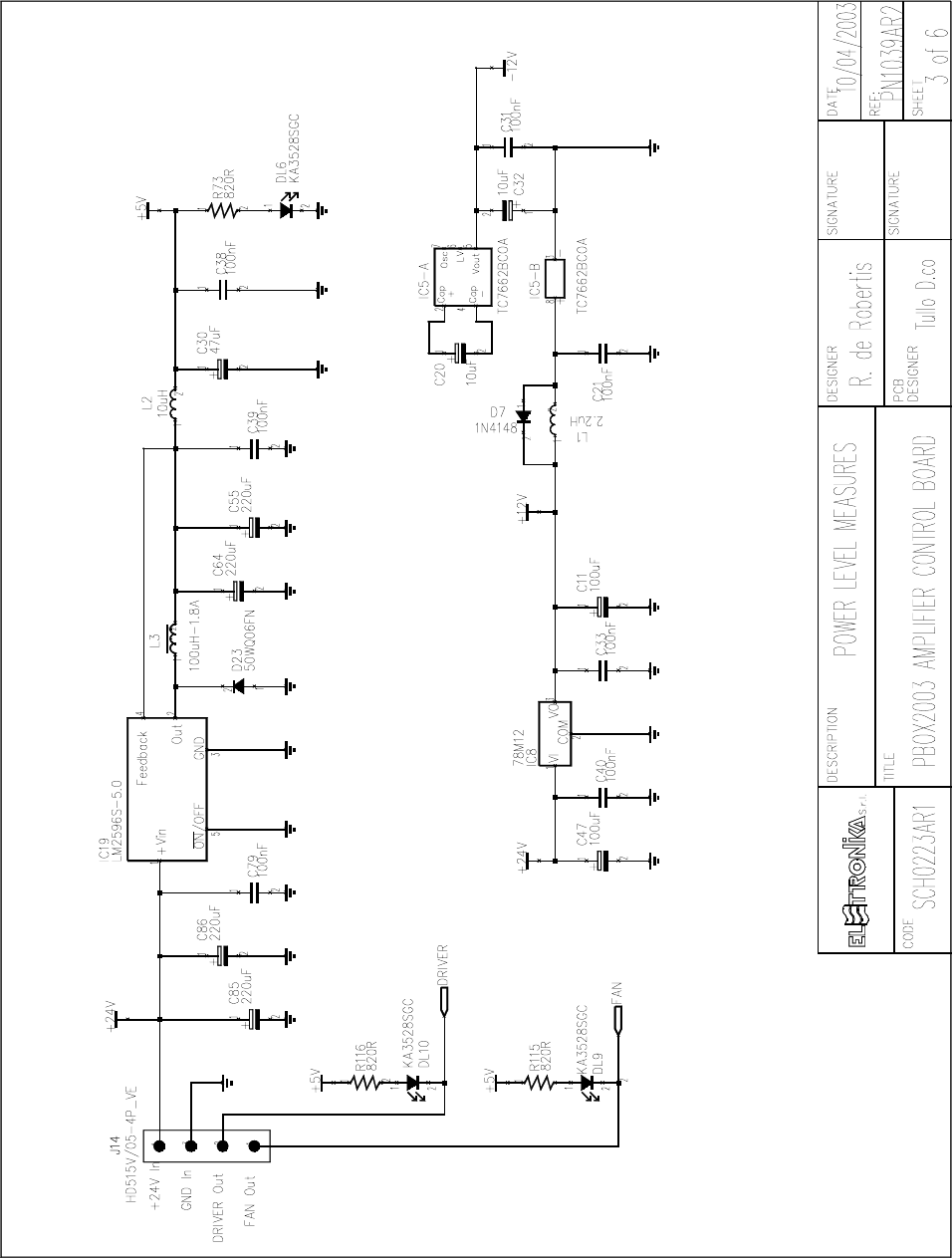
99
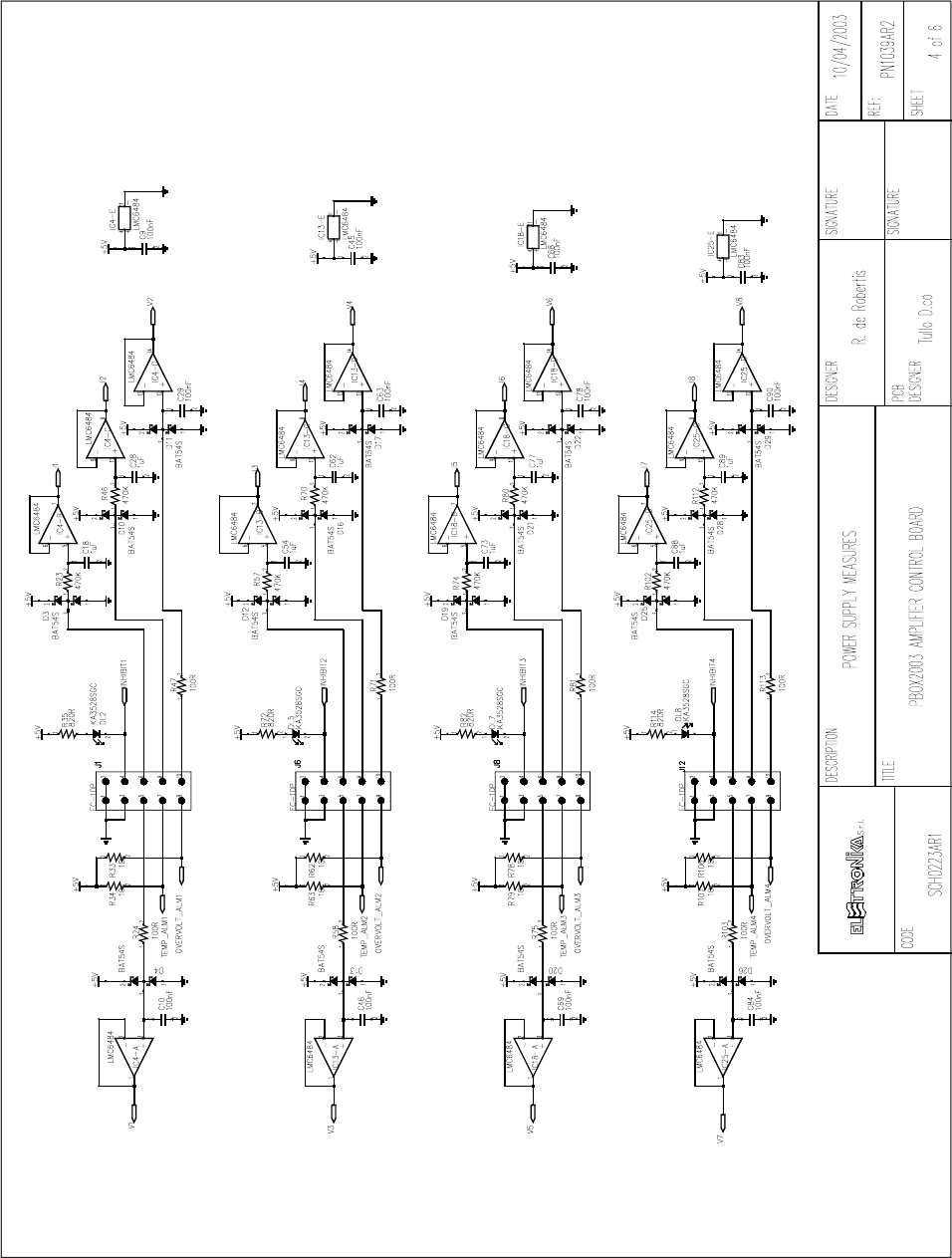
100
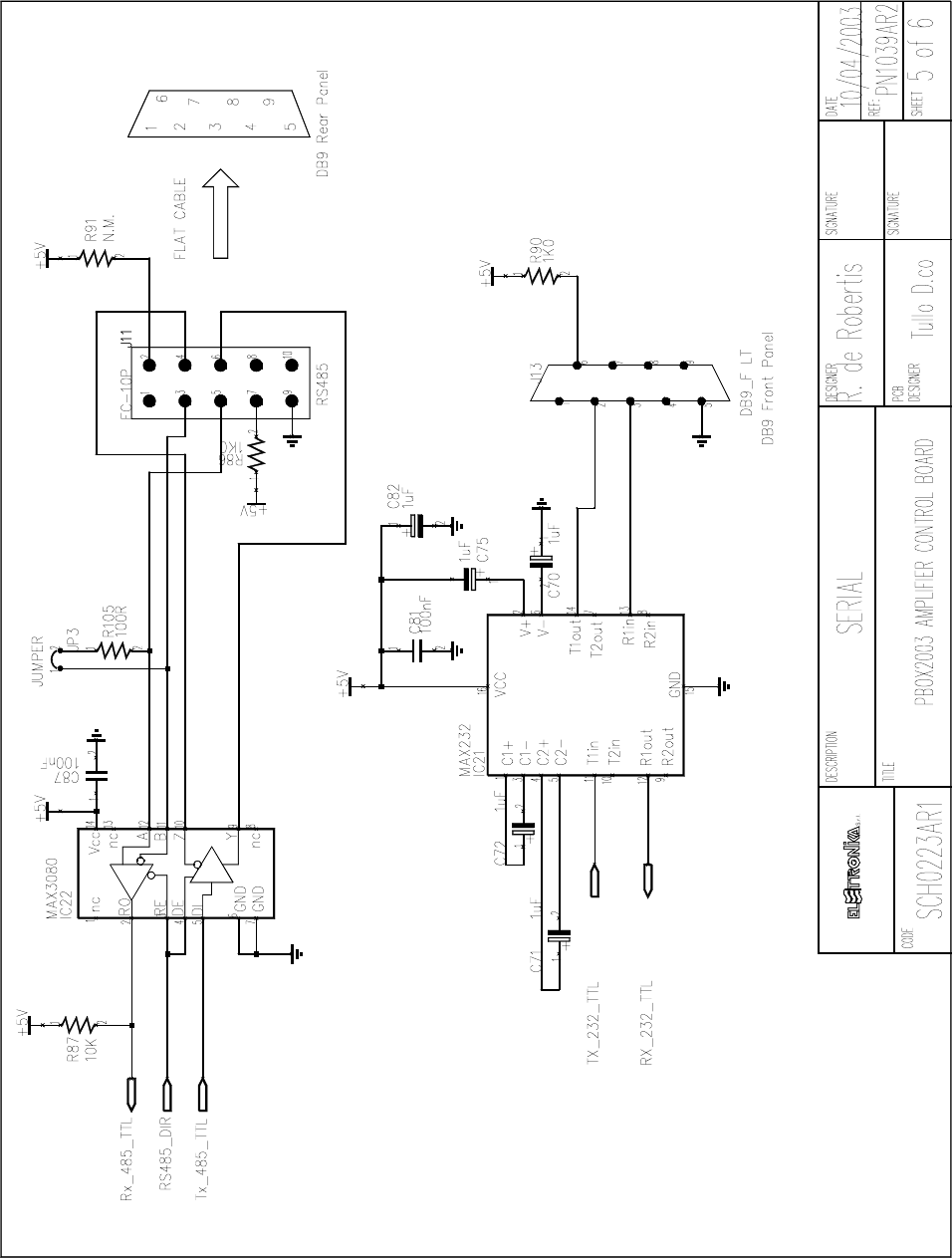
101
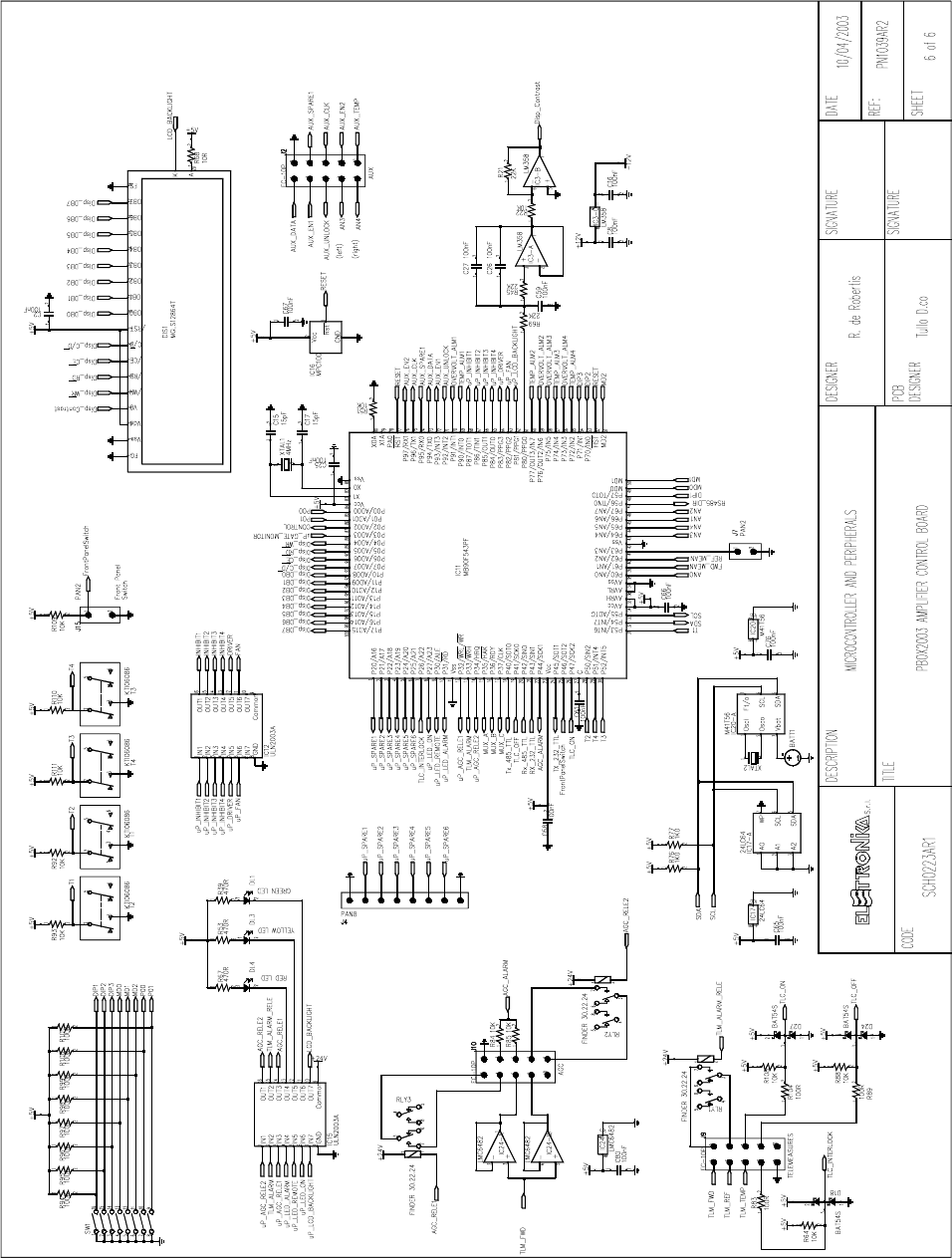
102

103
COMPONENT LIST SCH0223AR1
Part Name/Number Description Qty. Comps. Page 1/2
BATT BH001RB 3093_90 03093 03090 BATTERY HOLDER 1 BATT1
CC 100nF-S 01065C 01065C Y5V 1206 COND 46 C2, C7-10, C12, C16, C19, C21-27
C29, C31, C33, C37-40, C44-46,
C49, C58-61, C63, C65-69, C74,
C76, C78-81, C83-84, C87, C90
CC 15pF-S 01088 01088 SMD 1206 COND 4 C13-15, C17
CC 1nF-S 01096 01096 SMD 1206 COND 7 C3-6, C50-51, C53
CC 1uF100V-S 01760A 01760A Y5V 1206 COND 13 C1, C18, C28, C36, C43, C54,
C56-57, C62, C73, C77, C88-89
CC 47pF-S 01100 01100 SMD 1206 COND 2 C42, C52
CE 100uF25V-S 01793B 01793B ELETTR SMD COND 2 C11, C47
CE 10uF35V-S 01778A 01778A ELETTR SMD COND 2 C20, C32
CE 1uF35V-S 01613A 01613A TANTALIUM ELETTR SMD CO 5 C70-72, C75, C82
CE 220uF50V LOW ESR 1799A ELETTR SMD COND LOW ESR 4 C55, C64, C85-86
CE 22uF16V-S 01780A ELETTR SMD COND 4 C34-35, C41, C48
CE 47uF35V-S 01790A 01790A ELETTR SMD COND 1 C30
D 1N4148-S 03002 03002 SMD DIODE 7 D1-2, D5-9
D 50WQ06FN 03019A SMD DIODE SCHOTTKY 5,5A 1 D23
D BAS85-S 03024 SMD DIODE SCHOTTKY 2 D14-15
D BAT54S 03199 SMD SCHOTTKY DIODE A-K T 19 D3-4, D10-13, D16-22, D24-29
DIS MGLS12864T 03083A 128x64 DOT (BLUE-LED WH 1 DIS1
DL KA-3528SGC 03057 03057 GREEN SMD LED DIODE 7 DL2, DL5-10
DL LEDG5 03060 03060 GREEN LED DIODE 5mm 1 DL1
DL LEDR5 03061 03061 RED LED DIODE 5mm 1 DL4
DL LEDY5 03054B 03054B YELLOW LED DIODE 5mm 1 DL3
IC 24LC64 04815 04815 SMD INTEG CIRCUIT 1 IC17
IC 78M12 4307B 04307B SMD VOLTAGE REGULATOR 1 IC8
IC CD4051BM-S 04615 SMD INTEG CIRCUIT 3 IC7, IC14, IC23
IC LM2596S-5.0 04580 SMD INTEG CIRCUIT 1 IC19
IC LM358M-S 04660 04660 SMD INTEG CIRCUIT 1 IC3
IC LM393-S 04639 04639 SMD INTEG CIRCUIT 1 IC2
IC LMC6482-S 04632 SMD INTEG CIRCUIT 1 IC24
IC LMC6484-S 04634 SMD INTEG CIRCUIT 7 IC1, IC4, IC6, IC9, IC13, IC18,
IC25
IC M41T56 04611 04611 SMD INTEG CIRCUIT 1 IC20
IC MAX232-S 04804B 04804B SMD INTEG CIRCUIT 1 IC21
IC MAX3080-S 04770 04770 SMD INTEG CIRCUIT 1 IC22
IC MAX942CSA-S 04572 SMD INTEG CIRCUIT 1 IC10
IC MB90F543PF 04596 SMD INTEG CIRCUIT 1 IC11
IC MPC100-450DI-TO 04608 INTEG CIRCUIT 1 IC16
IC TC7662BCOA 04758A 04758A SMD INTEG CIRCUIT 1 IC5
IC ULN2003A 4870 04870 SMD INTEG CIRCUIT 2 IC12, IC15
IND 2u2H-S 05020A 05020A INDUCTOR 1 L1

104
Part Name/Number Description Qty. Comps. Page 2/2
IND MS85 10uH-S 04948 INDUCTOR 2,7 A 1 L2
IND T100uH-1.8A 4958 04958 TOROIDAL-STORAGE CHOKES 1 L3
J CON HD515V/05-4PVE 02881 + 02882 PANDUIT PCB CONN 1 J14
J DB9_F-0° LT 02794 PCB CONNECTOR DB9 LONG T 1 J13
J FC-10P 02697-02699 02697+02699 PCB CONNECTOR POL 8 J1-2, J6, J8-12
J FC-16P 02701-02700 02701+02700 PCB CONNECTOR POL 1 J3
J PAN2 02739-40-41 02739+02740+02741 PCB CONNECTO 3 J5, J7, J15
J PAN8 02716 02716 PCB CONNECTOR 1 J4
JU JUMP2 02739-02742 02739+02742 MASCHIO PAN2 1 JP3
JU JUMP3 02707-02742 02707+02742 MASCHIO PAN3 2 JP1-2
R 100K-1%-S 00065B 00065B RES 1/4W 1% SMD 1206 10 R65-66, R94-101
R 100R-1%-S 00029D 00029D RES 1/4W 1% SMD 1206 12 R24, R47, R58, R71, R75,R81,
R83, R89, R103-105, R113
R 10K-1%-S 00053B 00053B RES 1/4W 1% SMD 1206 32 R7, R10, R12, R14-16, R22, R25,
R27, R30, R33-34, R36, R38, R51,
R62-64, R78-79, R84-85, R87-88,
R92-93, R106-111
R 10R-S 00017A 00017A RES 1/4W 5% SMD 1206 1 R68
R 1206 NOT MOUNTED NOT MOUNTED RES 1/4W 5% SMD 12 1 R91
R 1K0-1%-S 00041B 00041B RES 1/4W 1% SMD 1206 8 R17, R54, R59-60, R76-77, R86,
R90
R 22K-1%-S 00057B 00057B RES 1/4W 1% SMD 1206 11 R9, R21, R26, R28-29, R37, R45,
R48-50, R69
R 2K2-1%-S 00045B 00045B RES 1/4W 1% SMD 1206 3 R52, R55, R61
R 470K-S 00073A 00073A RES 1/4W 5% SMD 1206 11 R8, R23, R40, R42, R46, R57, R70
R74, R80, R102, R112
R 470R-1%-S 00037B 00037B RES 1/4W 1% SMD 1206 6 R11, R13, R39, R53, R56, R67
R 4K7-1%-S 00049B 00049B RES 1/4W 1% SMD 1206 3 R18, R31, R43
R 68K-1%-S 00063B 00063B RES 1/4W 1% SMD 1206 4 R19-20, R32, R44
R 820R-S 00040A 00040A RES 1/4W 5% SMD 1206 7 R35, R72-73, R82, R114-116
R 8K2-1%-S 00052B 00052B RES 1/4W 1% SMD 1206 1 R41
RL 30.22.24 07569 07569 RELE 3 RLY1-3
RV 100K-3266X 00814 VARIABLE RESISTOR 4 R1-4
RV 10K-3266X 00807 00807 VARIABLE RESISTOR 2 R5-6
SW SWITCH-8DIP 07530A PCB DIP SWITCH SMD 1 SW1
T 06086 N 7630 7632 7630 7632 KTI06086 PULSANTE 2 4 T1-4
TR BC848 03457 03457 NPN SMD TRANSISTOR 2 TR1-2
TR BC856 03455 03455 PNP SMD TRANSISTOR 2 TR3-4
XTAL 32.768k-S 05146 05146 QUARTZ 1 XTAL2
XTAL 4MHz-S 05101A 05101A QUARTZ 1 XTAL1